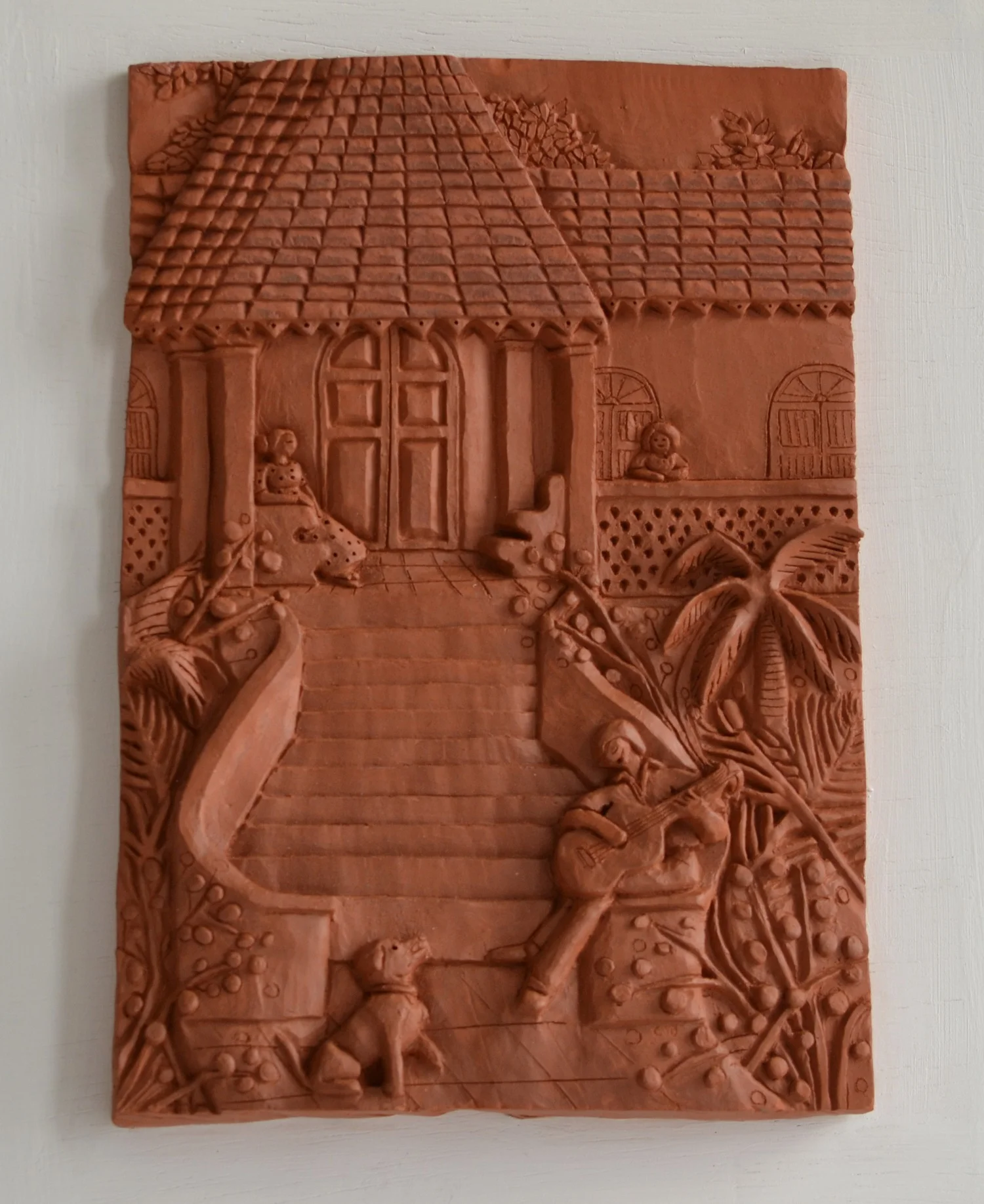
Year :2017
Balcão (14.5”x11.5”, Terracotta)
Seated Balconies or covered Porches in front of houses, normally facing the street, is what the Goans usually call the Balcão or Sope.
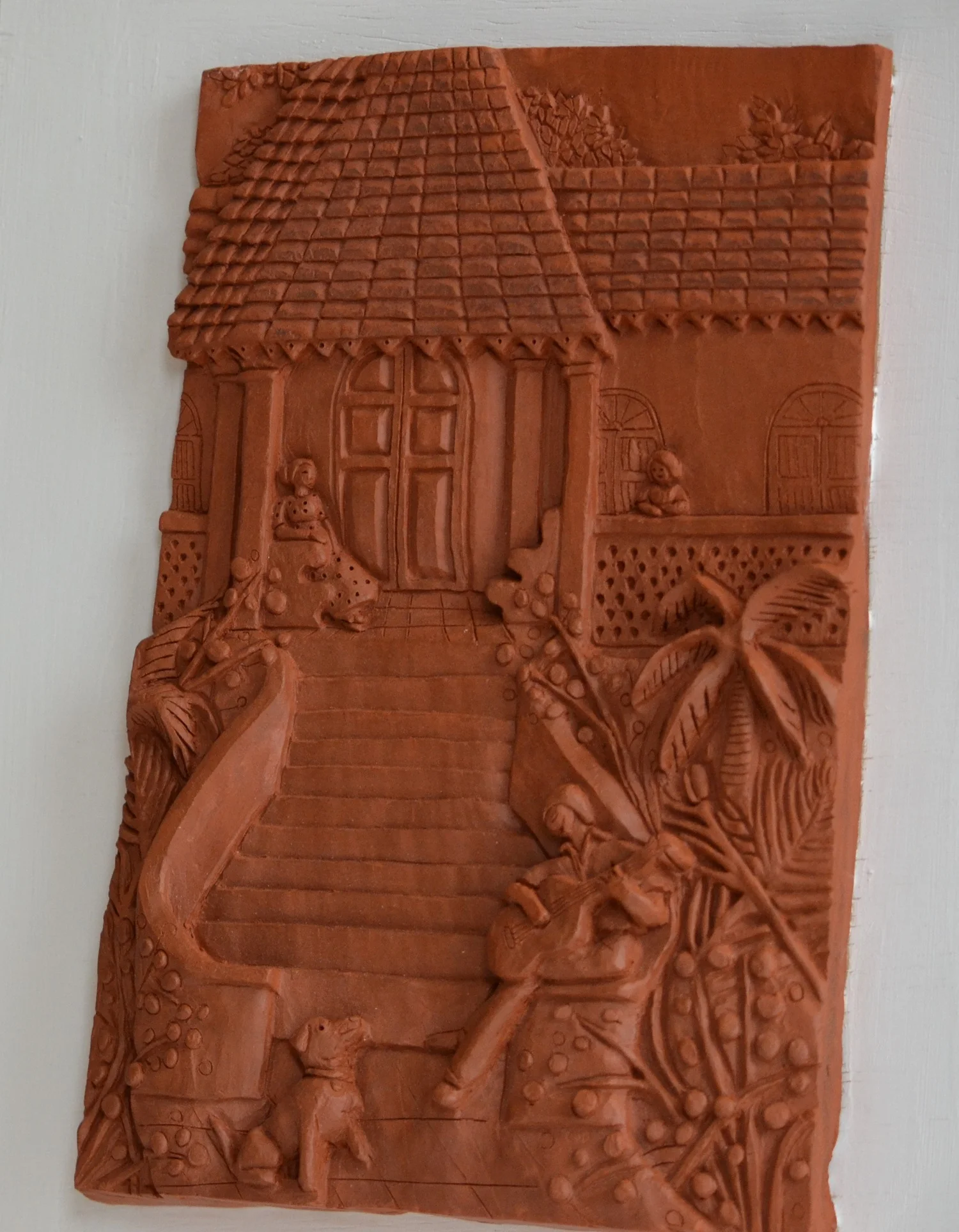
Year :2017
Size-14.5x11.5
Medium -Terracotta

Year :2017
Size-14.5x11.5
Medium -Terracotta
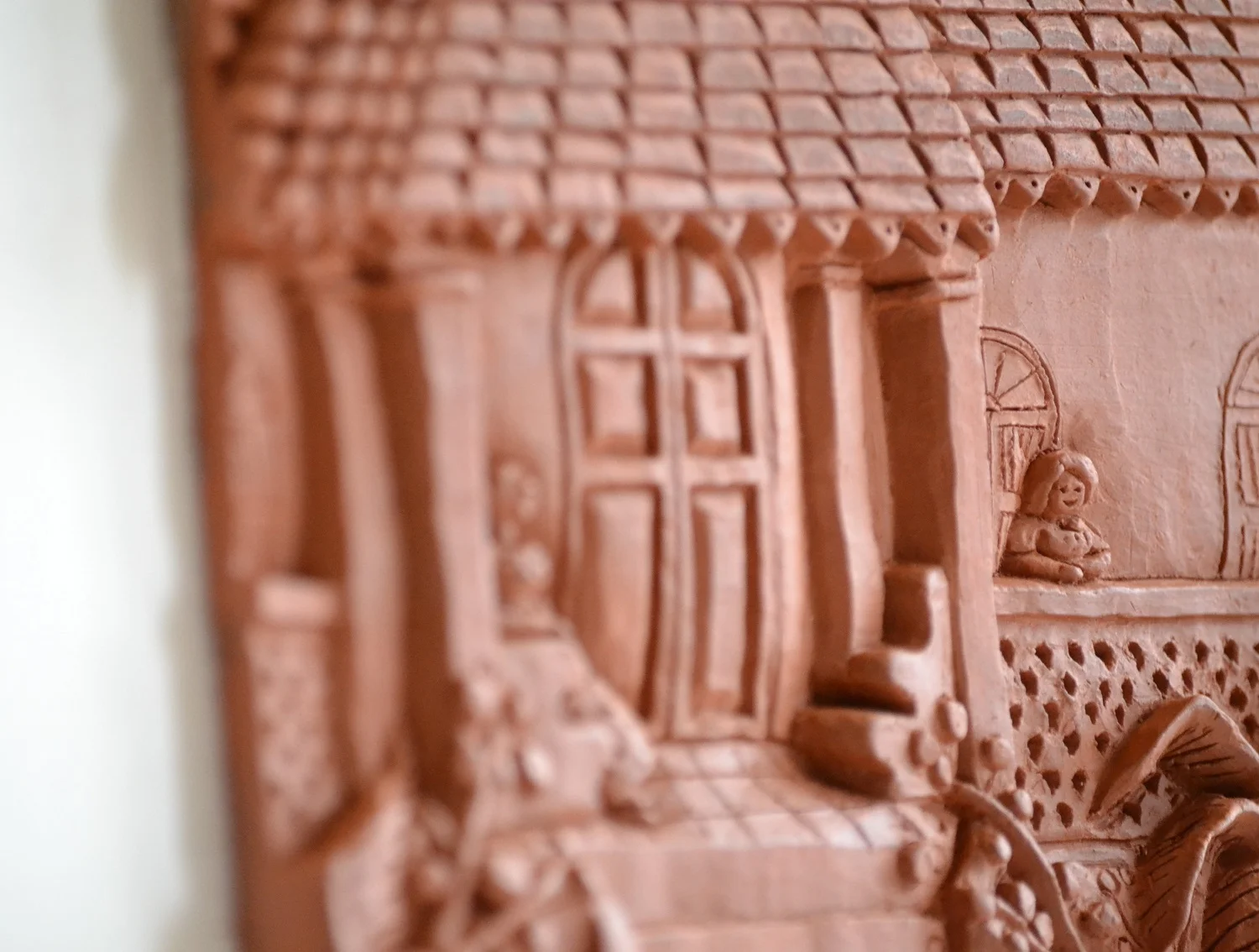
Year :2017
Size-14.5x11.5
Medium -Terracotta




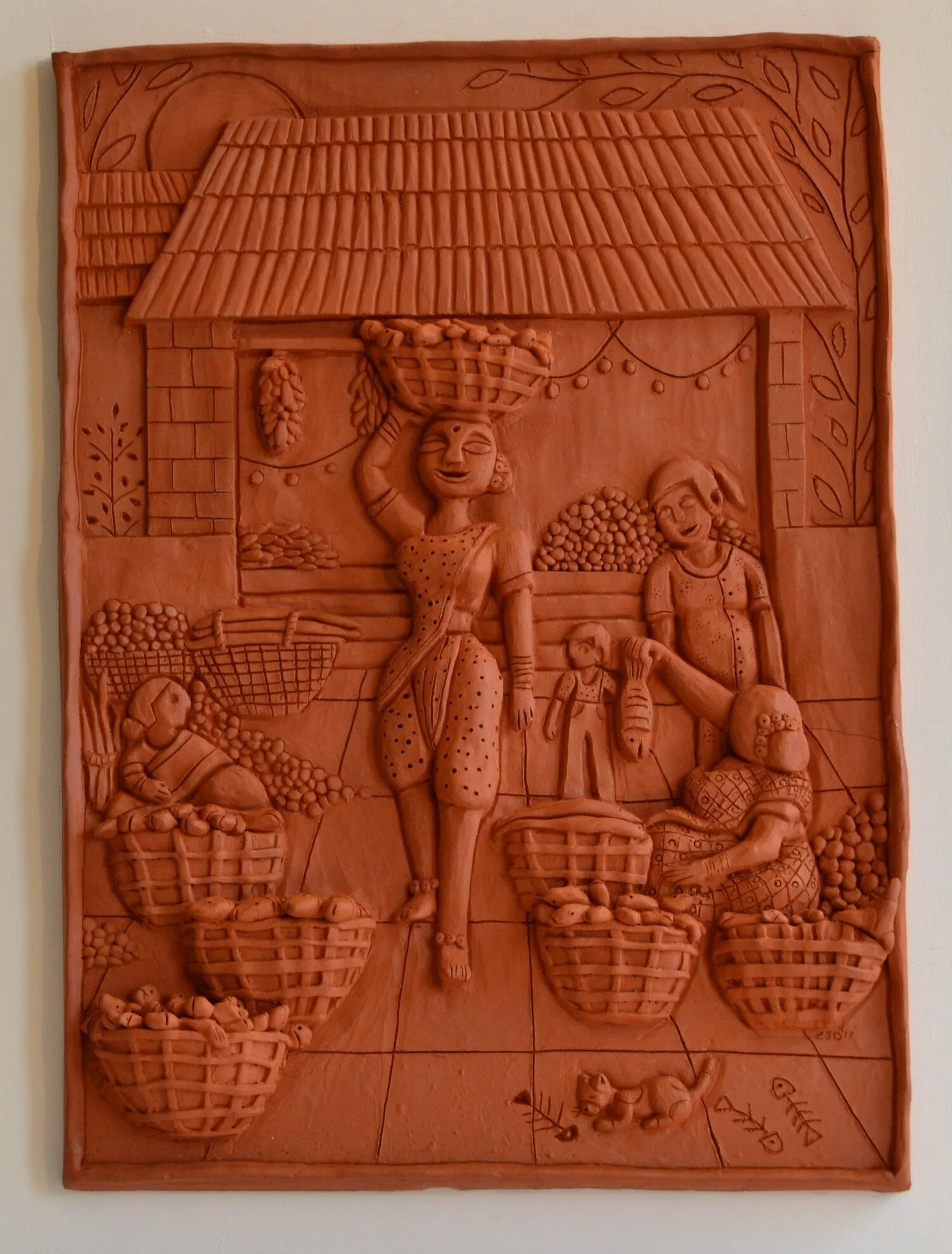
Year -2017
Fisher Lady (18”x13.5”, Terracotta)
Fisher Lady from a market scene
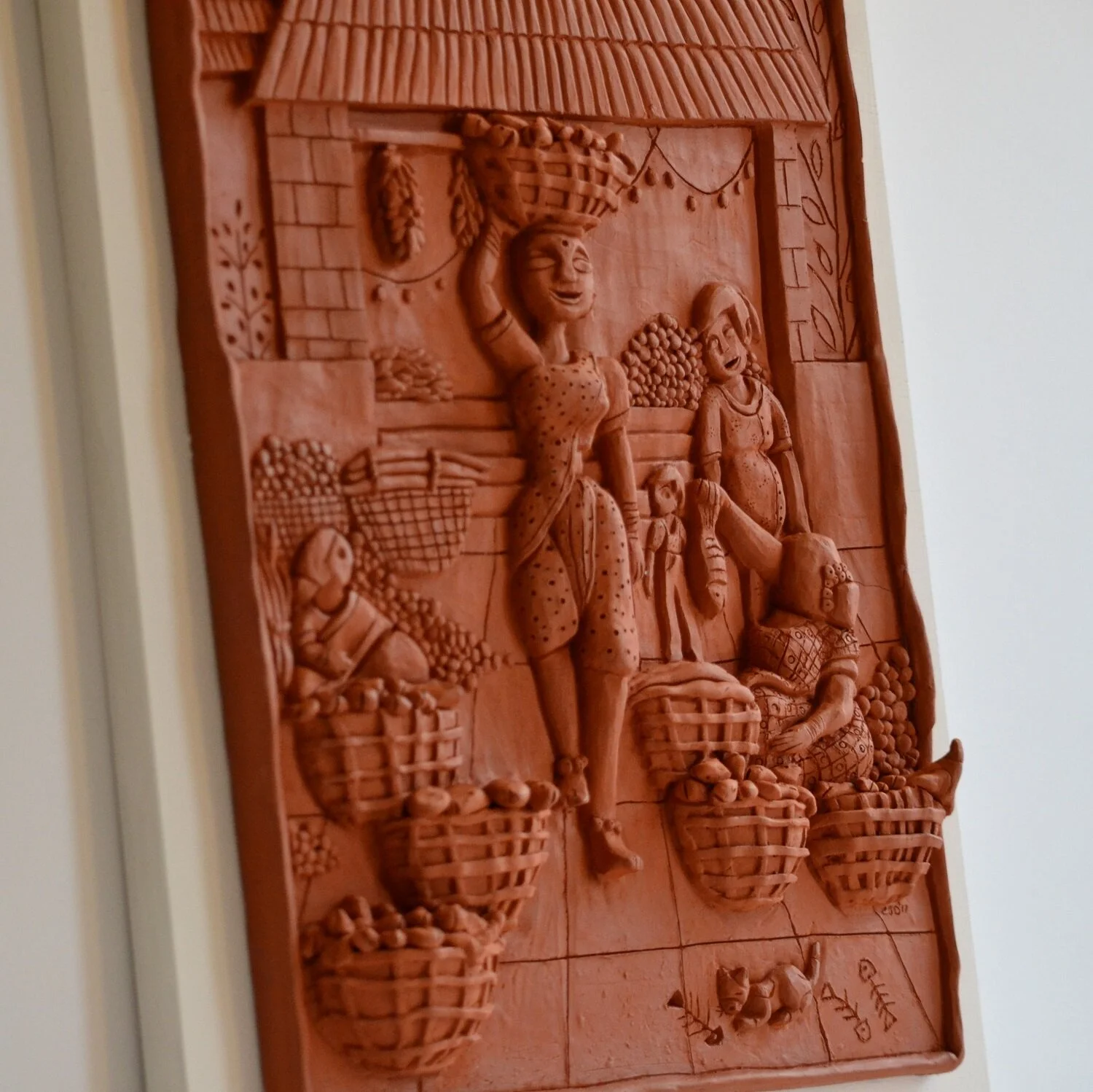
Year -2017
Dimensions-18 “x13.5”
Medium -Terracotta

Year -2017
Dimensions-18 “x13.5”
Medium -Terracotta

Year -2017
Dimensions-18 “x13.5”
Medium -Terracotta
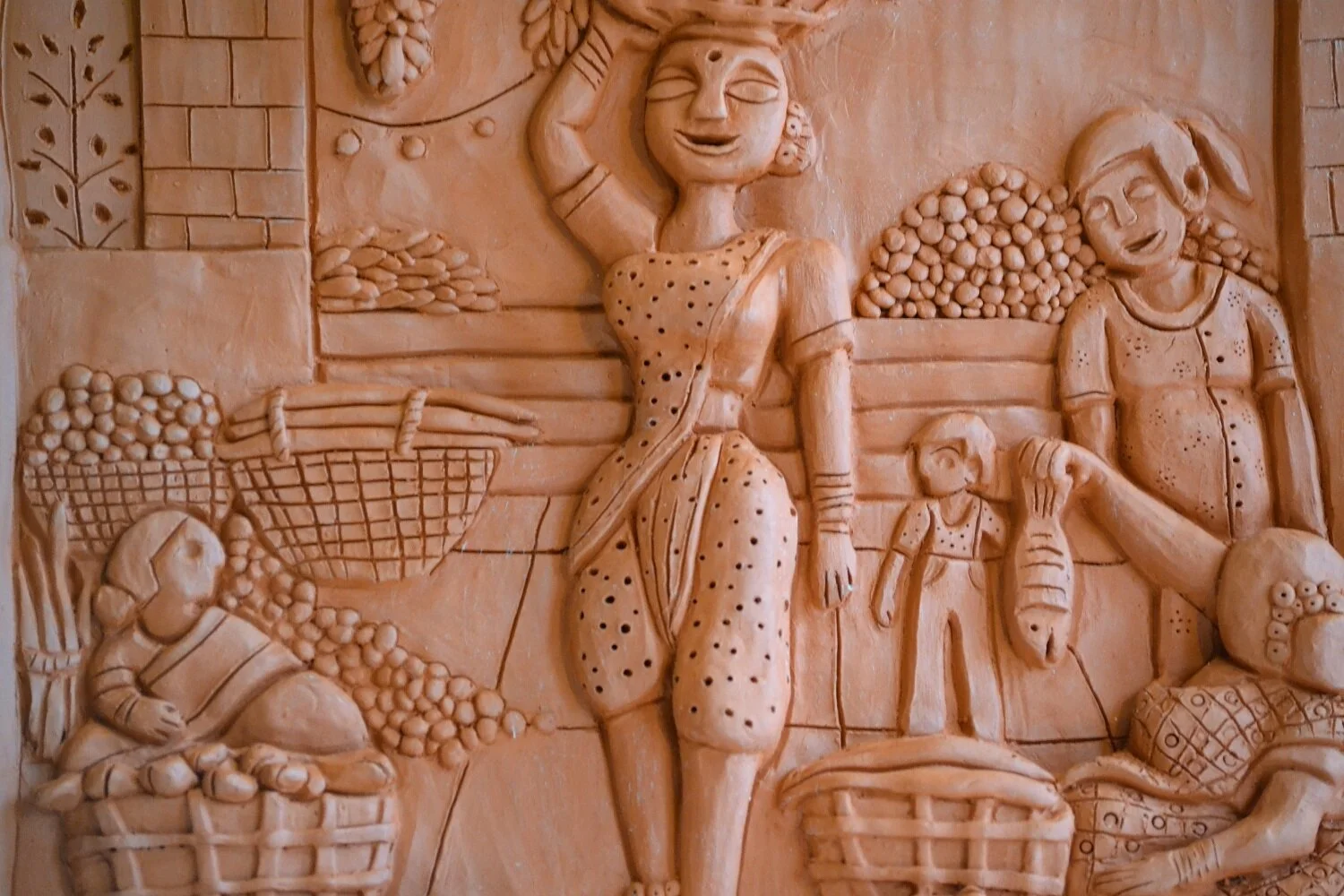
Year -2017
Dimensions-18 “x13.5”
Medium -Terracotta
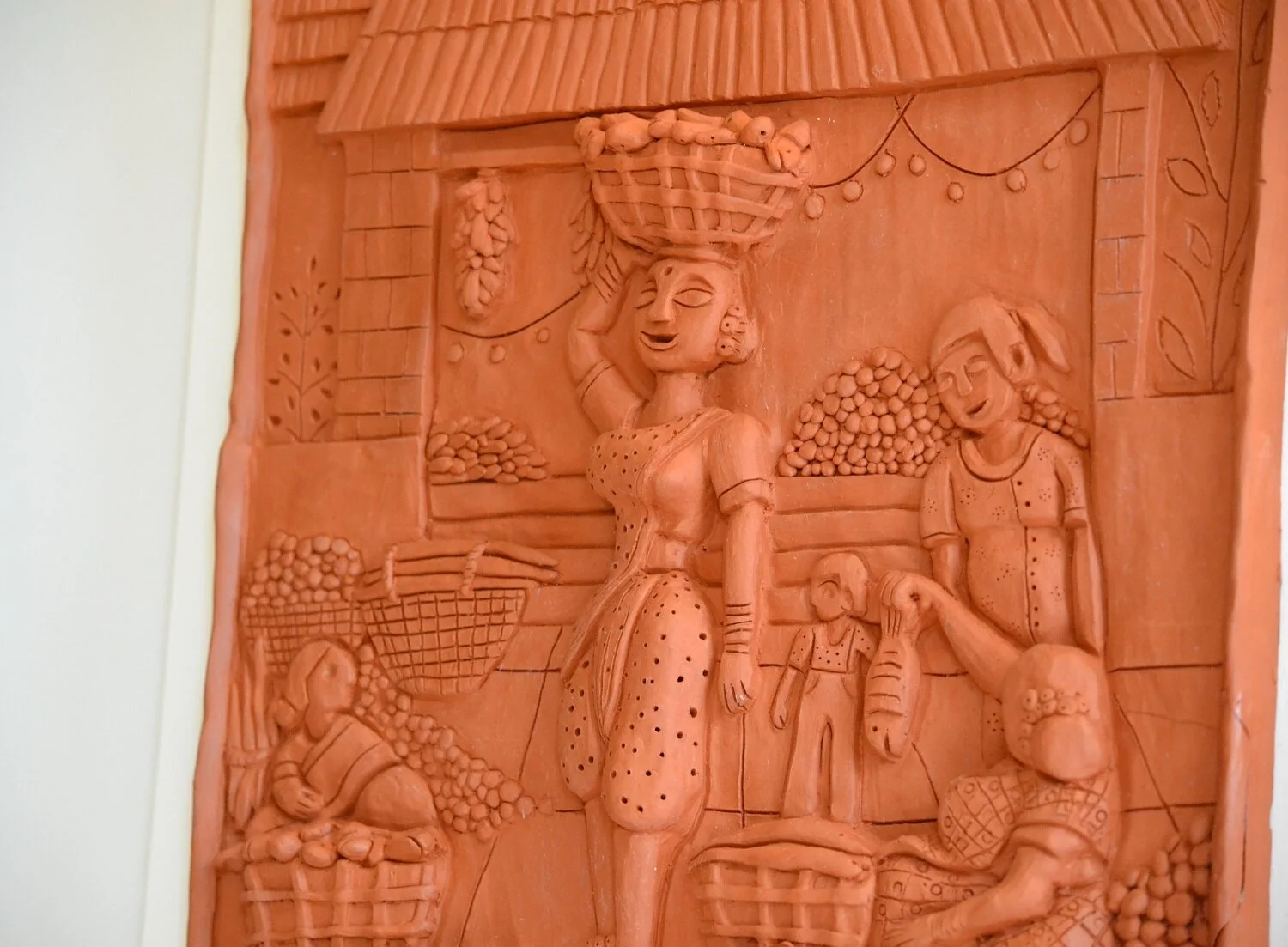
Year -2017
Dimensions-18 “x13.5”
Medium -Terracotta







Description: Indian traditional dance forms having origins as far back as 2 B.C. are still performed and practiced all over India. These dances can be part of religious rituals or theatrical performances of mythological stories. The archetypal forms are the artist’s interpretation on different styles including Bharatanatyam, Kathak and Manipuri among others.
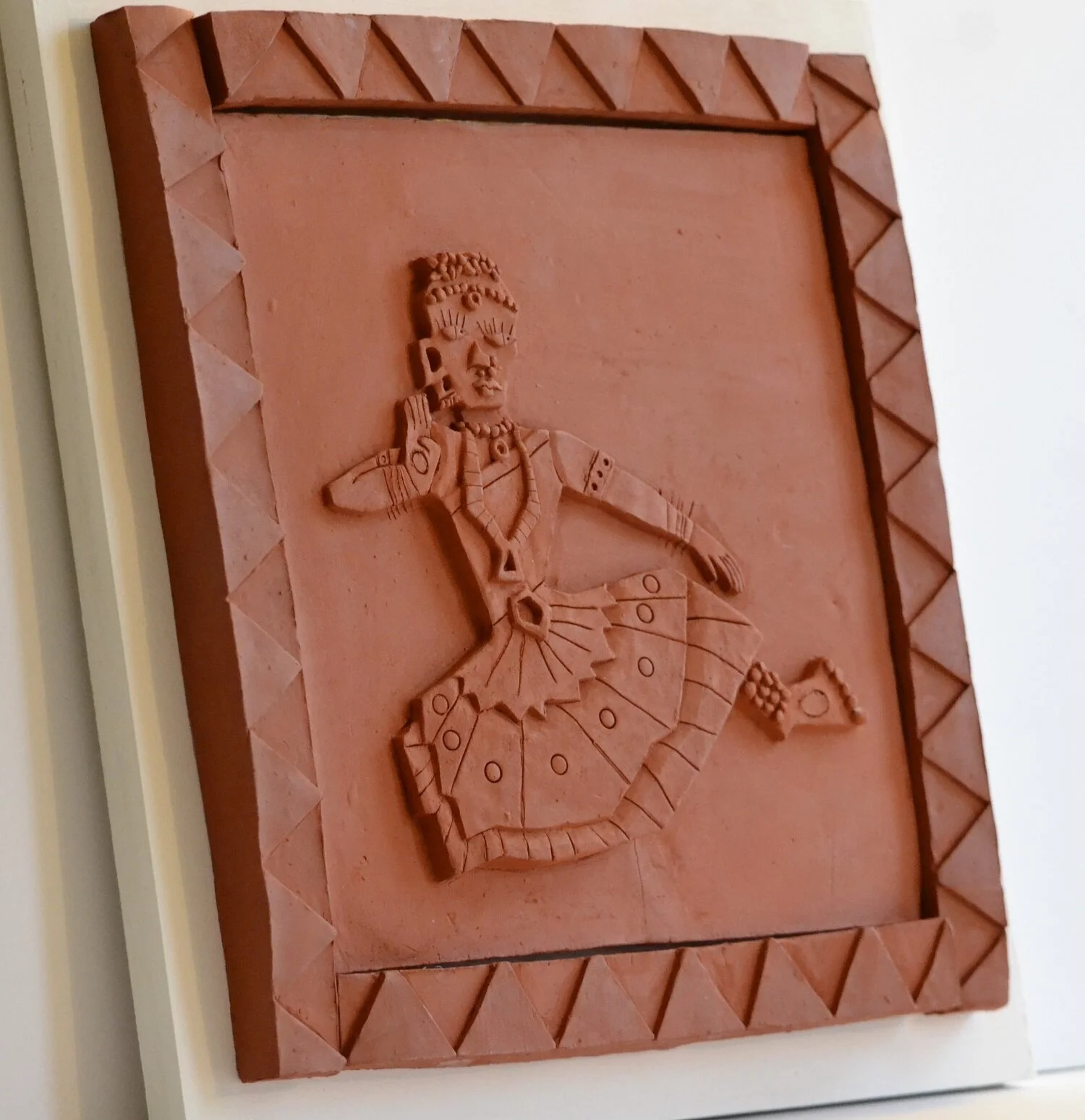
Description: Indian traditional dance forms having origins as far back as 2 B.C. are still performed and practiced all over India. These dances can be part of religious rituals or theatrical performances of mythological stories. The archetypal forms are the artist’s interpretation on different styles including Bharatanatyam, Kathak and Manipuri among others.
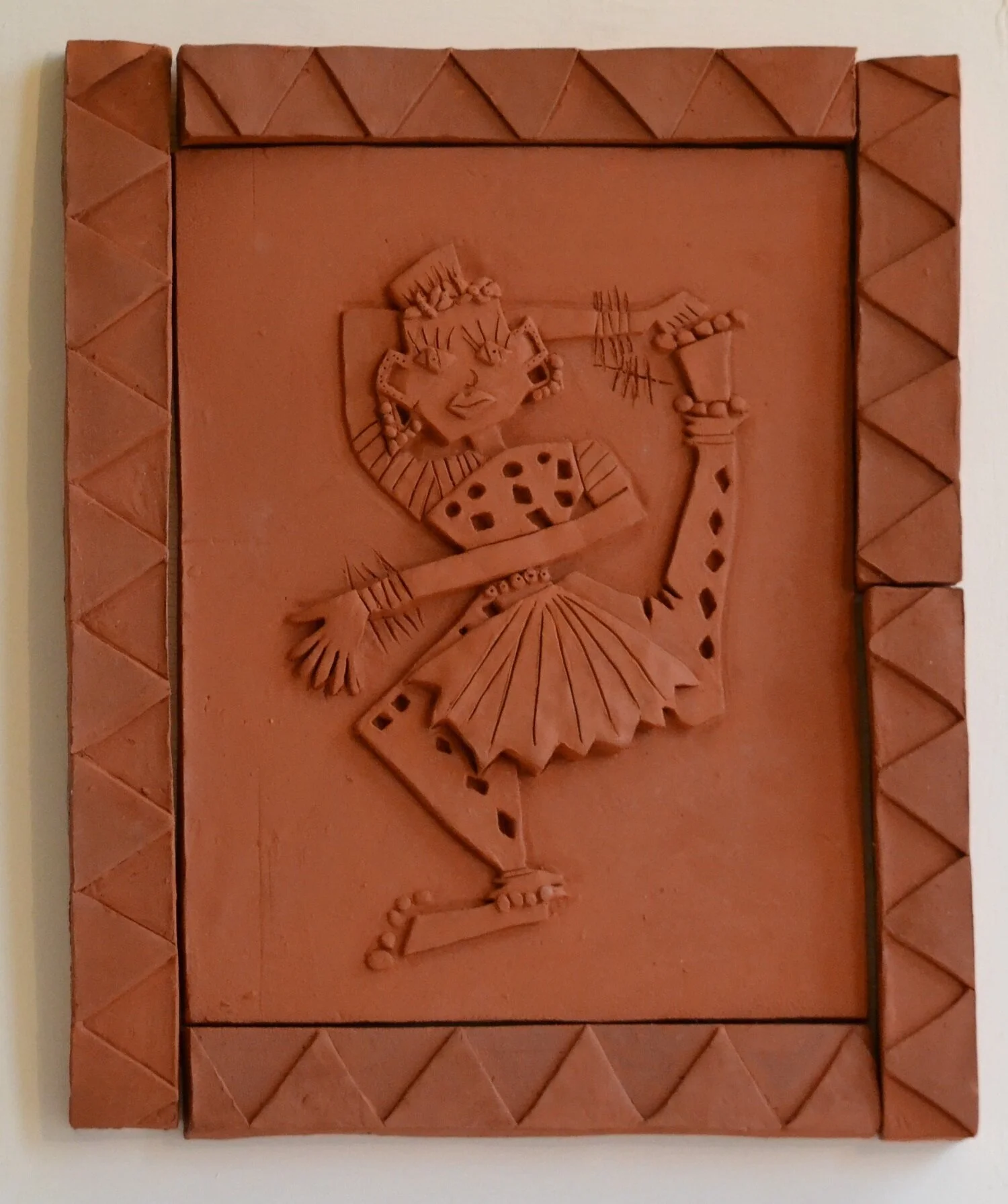
Description: Indian traditional dance forms having origins as far back as 2 B.C. are still performed and practiced all over India. These dances can be part of religious rituals or theatrical performances of mythological stories. The archetypal forms are the artist’s interpretation on different styles including Bharatanatyam, Kathak and Manipuri among others.

Description: Indian traditional dance forms having origins as far back as 2 B.C. are still performed and practiced all over India. These dances can be part of religious rituals or theatrical performances of mythological stories. The archetypal forms are the artist’s interpretation on different styles including Bharatanatyam, Kathak and Manipuri among others.
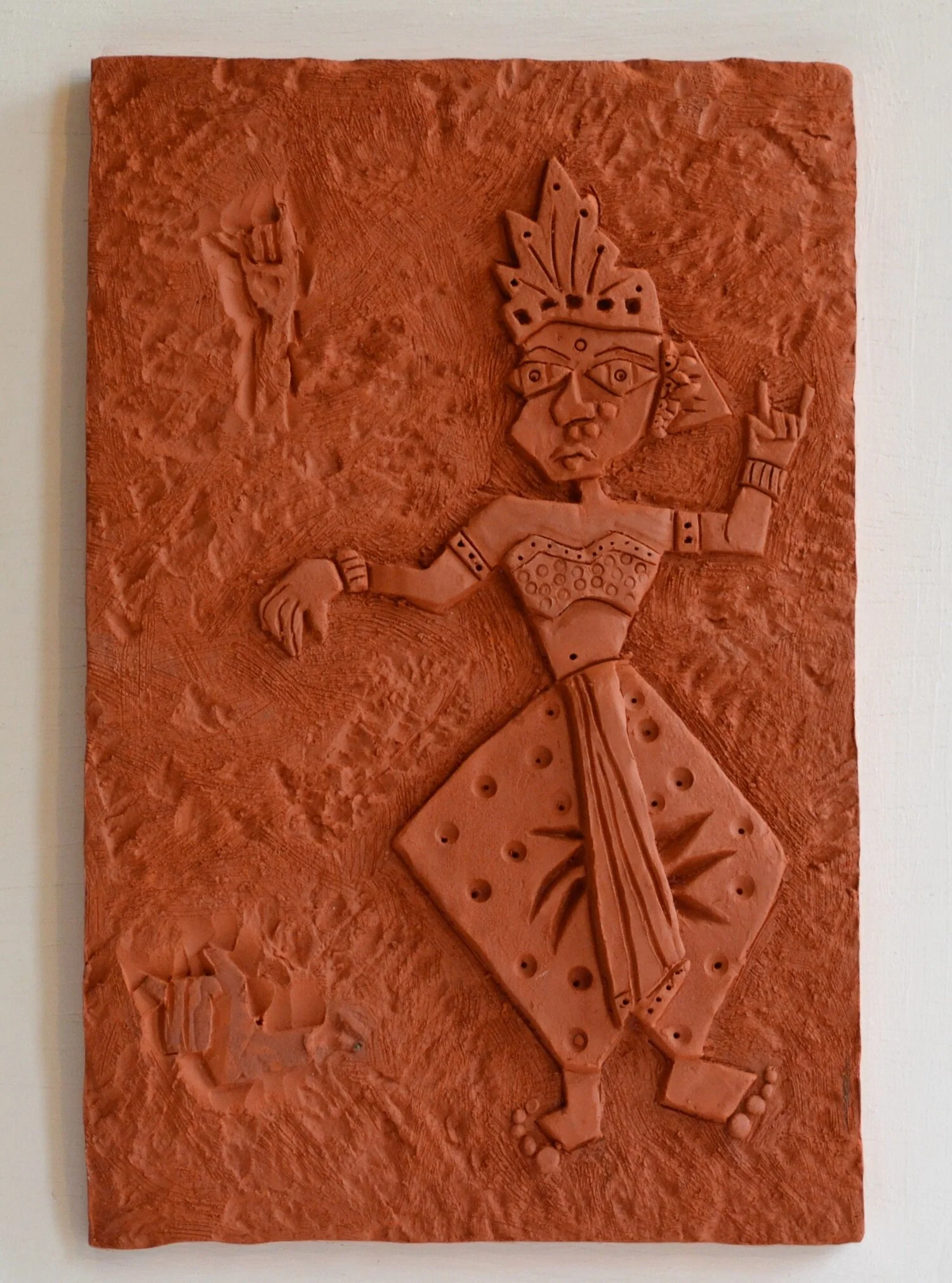
Description: Indian traditional dance forms having origins as far back as 2 B.C. are still performed and practiced all over India. These dances can be part of religious rituals or theatrical performances of mythological stories. The archetypal forms are the artist’s interpretation on different styles including Bharatanatyam, Kathak and Manipuri among others.

Description: Indian traditional dance forms having origins as far back as 2 B.C. are still performed and practiced all over India. These dances can be part of religious rituals or theatrical performances of mythological stories. The archetypal forms are the artist’s interpretation on different styles including Bharatanatyam, Kathak and Manipuri among others.
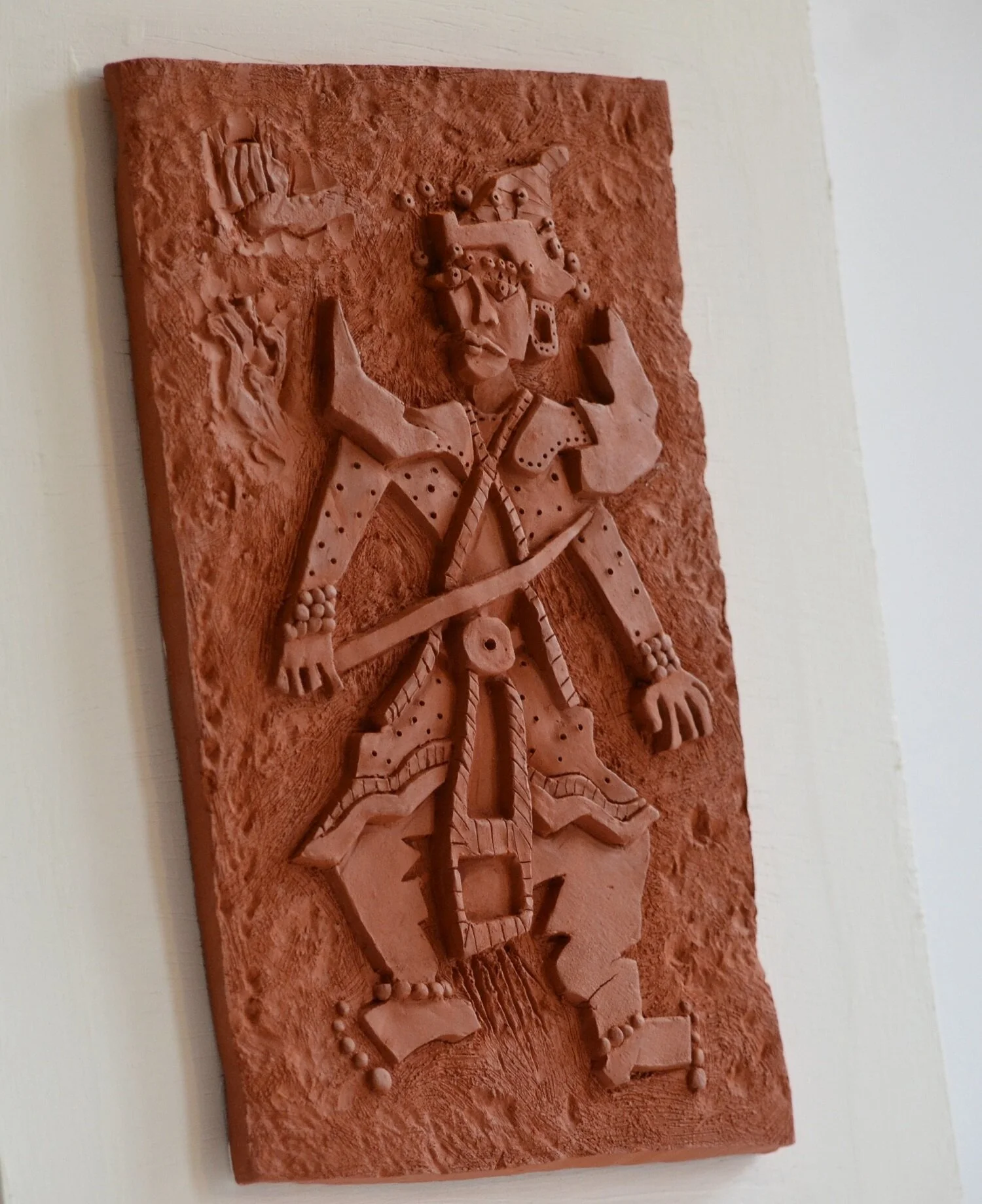
Description: Indian traditional dance forms having origins as far back as 2 B.C. are still performed and practiced all over India. These dances can be part of religious rituals or theatrical performances of mythological stories. The archetypal forms are the artist’s interpretation on different styles including Bharatanatyam, Kathak and Manipuri among others.

Description: Indian traditional dance forms having origins as far back as 2 B.C. are still performed and practiced all over India. These dances can be part of religious rituals or theatrical performances of mythological stories. The archetypal forms are the artist’s interpretation on different styles including Bharatanatyam, Kathak and Manipuri among others.
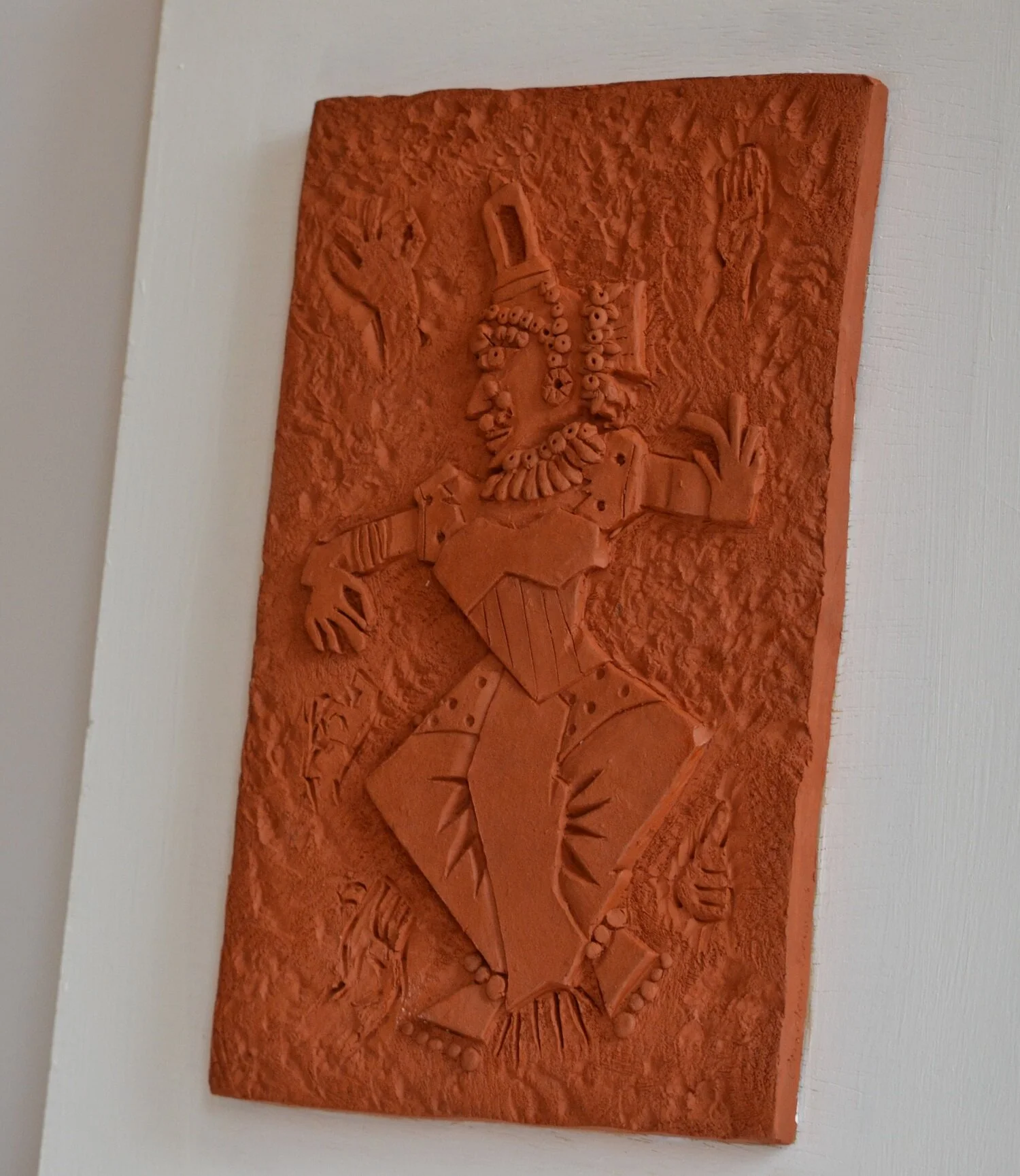
Description: Indian traditional dance forms having origins as far back as 2 B.C. are still performed and practiced all over India. These dances can be part of religious rituals or theatrical performances of mythological stories. The archetypal forms are the artist’s interpretation on different styles including Bharatanatyam, Kathak and Manipuri among others.
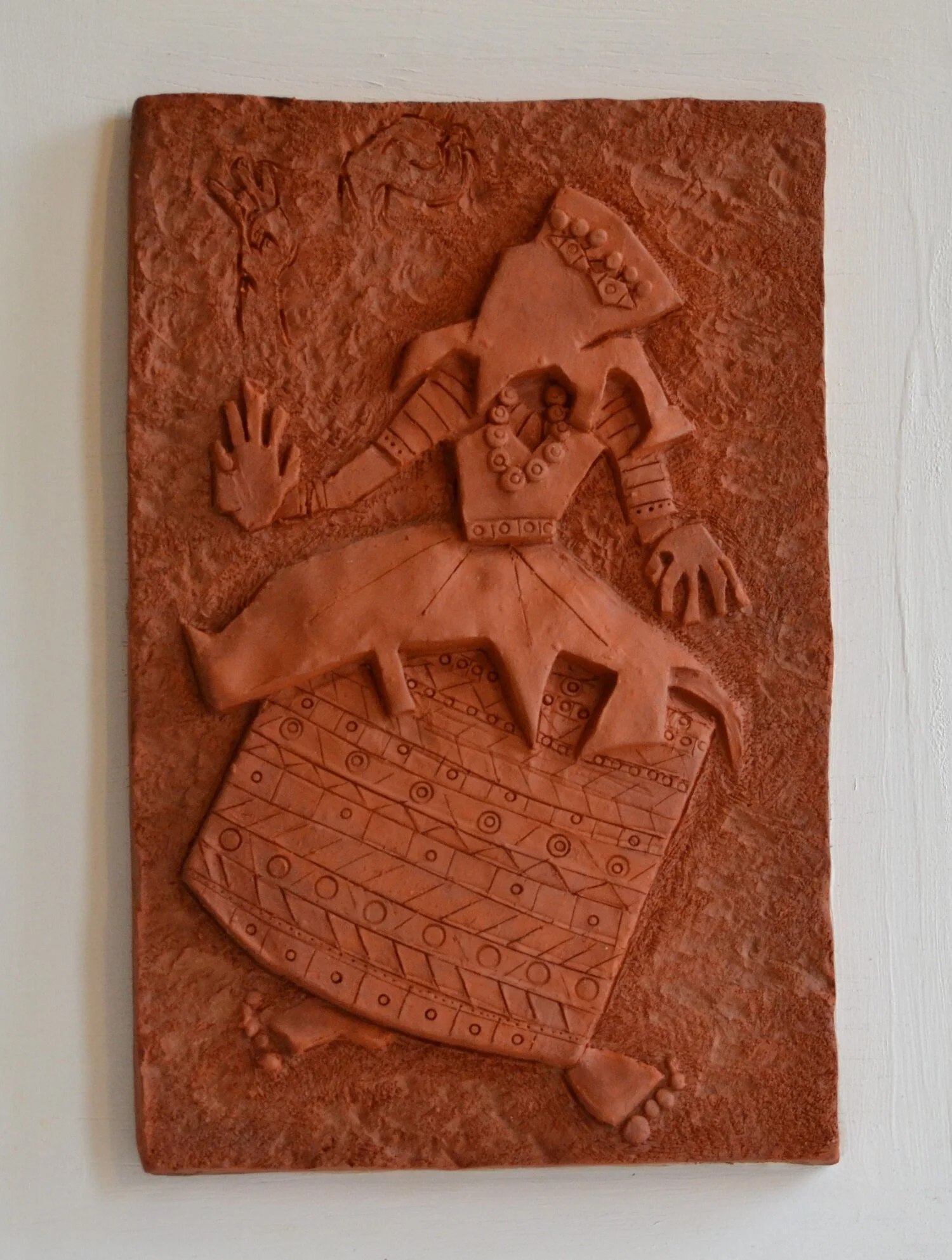
Description: Indian traditional dance forms having origins as far back as 2 B.C. are still performed and practiced all over India. These dances can be part of religious rituals or theatrical performances of mythological stories. The archetypal forms are the artist’s interpretation on different styles including Bharatanatyam, Kathak and Manipuri among others.

Description: Indian traditional dance forms having origins as far back as 2 B.C. are still performed and practiced all over India. These dances can be part of religious rituals or theatrical performances of mythological stories. The archetypal forms are the artist’s interpretation on different styles including Bharatanatyam, Kathak and Manipuri among others.











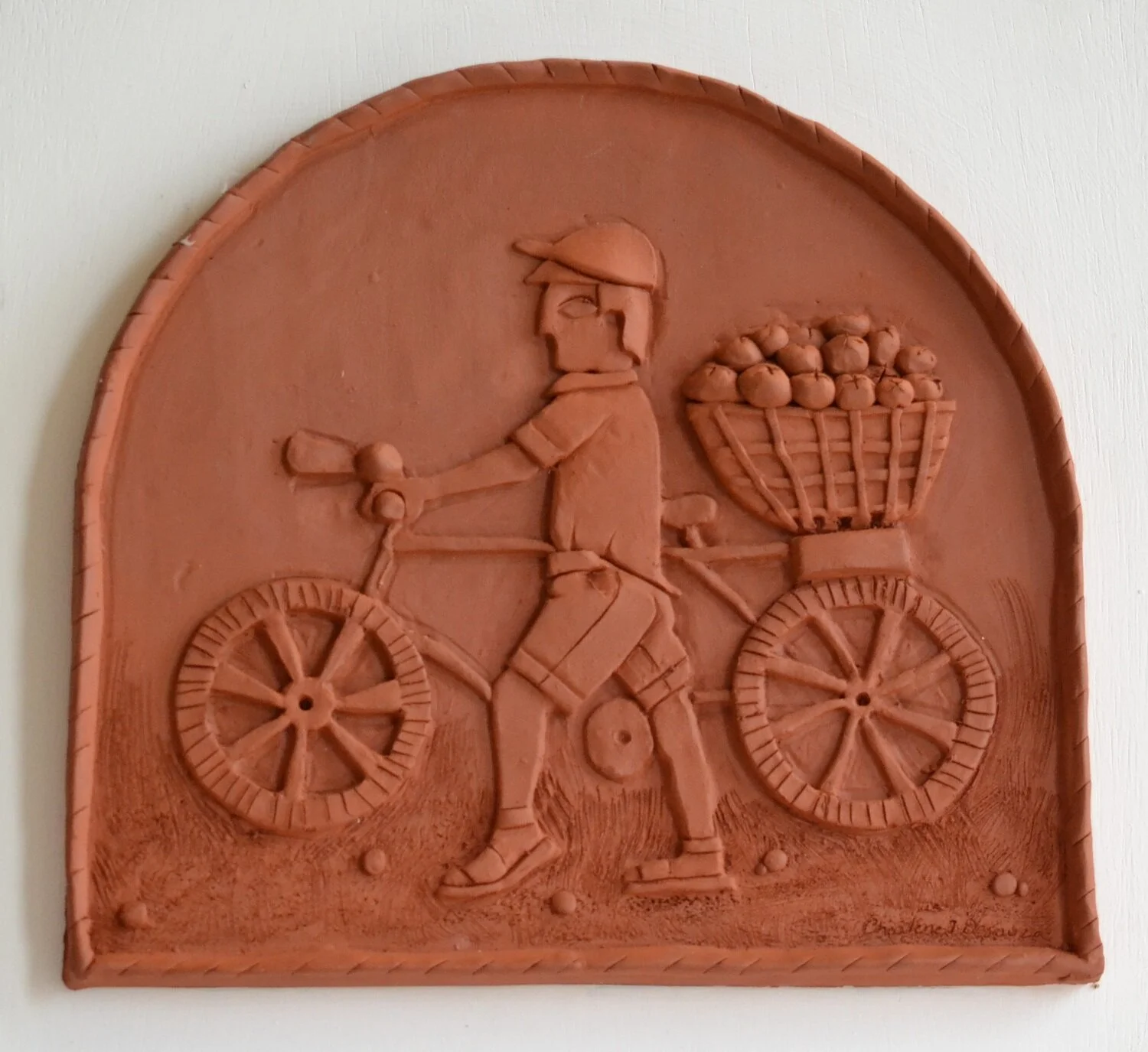
Year -2017
Goan Poder (12”x12.625”, Terracotta)
The Goan Poder, (baker from Portugese padeiro), delivers leavened bread made fresh daily, even to this day . The occupation was introduced by the Jesuits to enable families a means of sustenance.

Year -2017
Dimensions-12x12.625
Medium -Terracotta

Year -2017
Dimensions-12x12.625
Medium -Terracotta
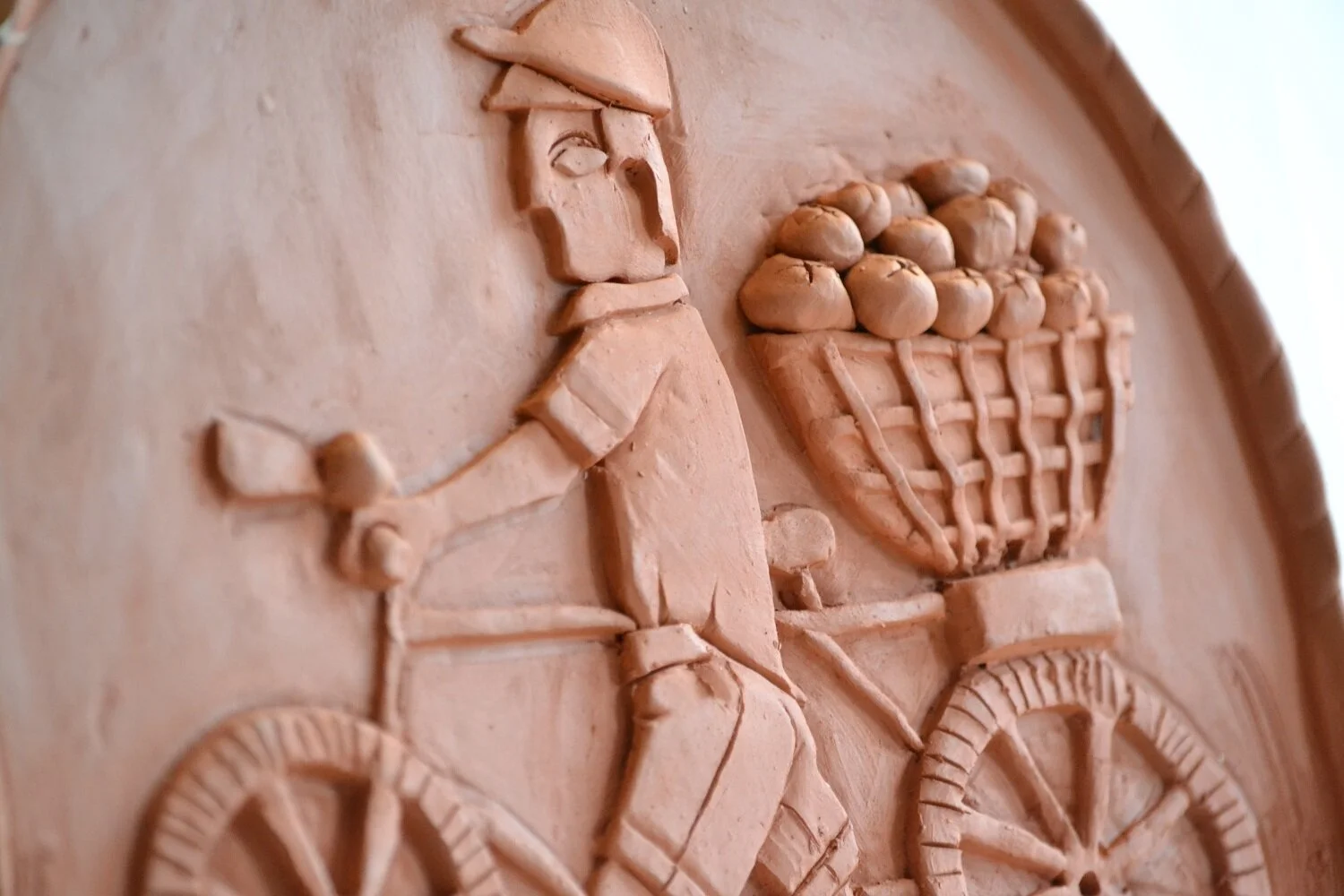
Year -2017
Dimensions-12x12.625
Medium -Terracotta
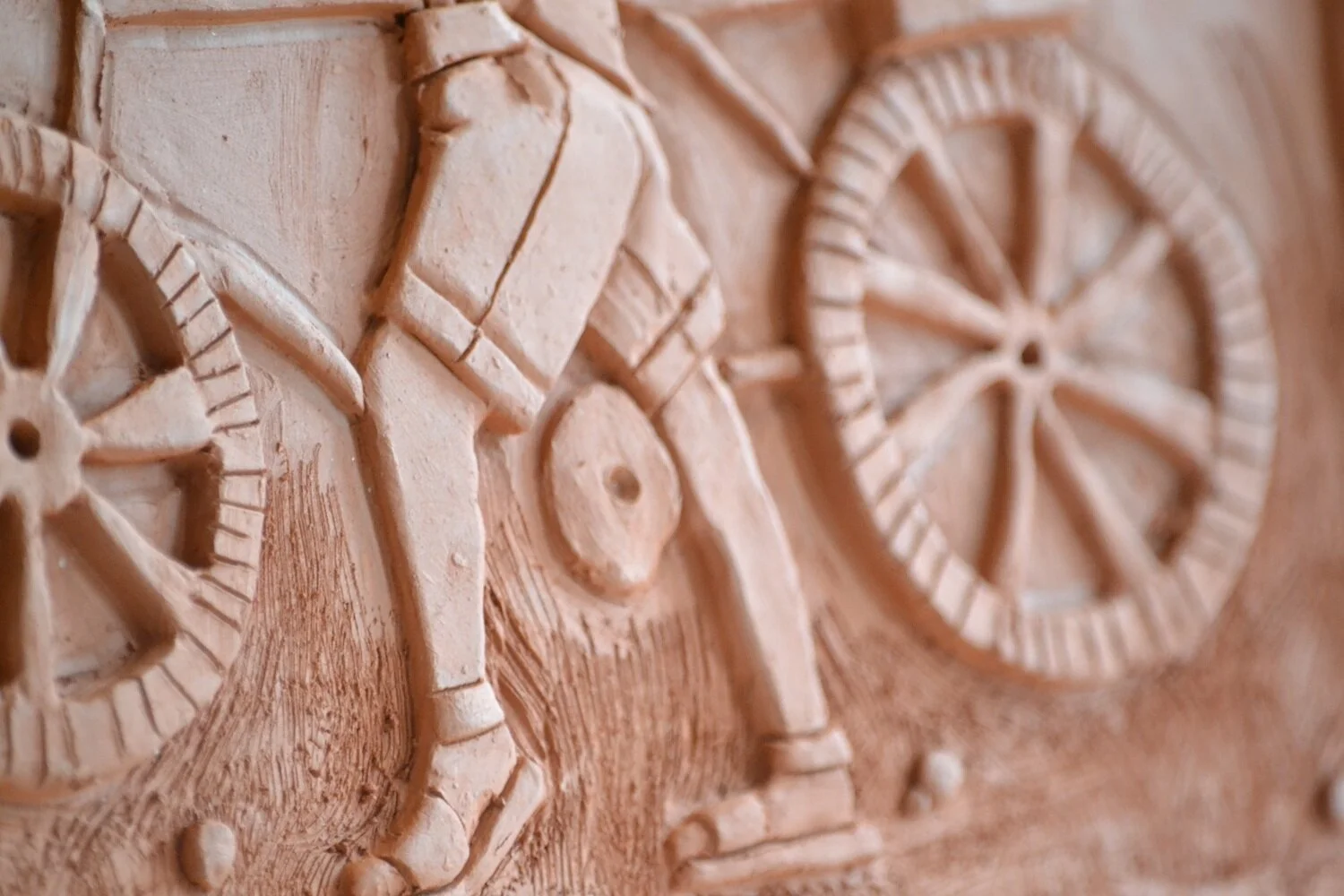
Year -2017
Dimensions-12x12.625
Medium -Terracotta





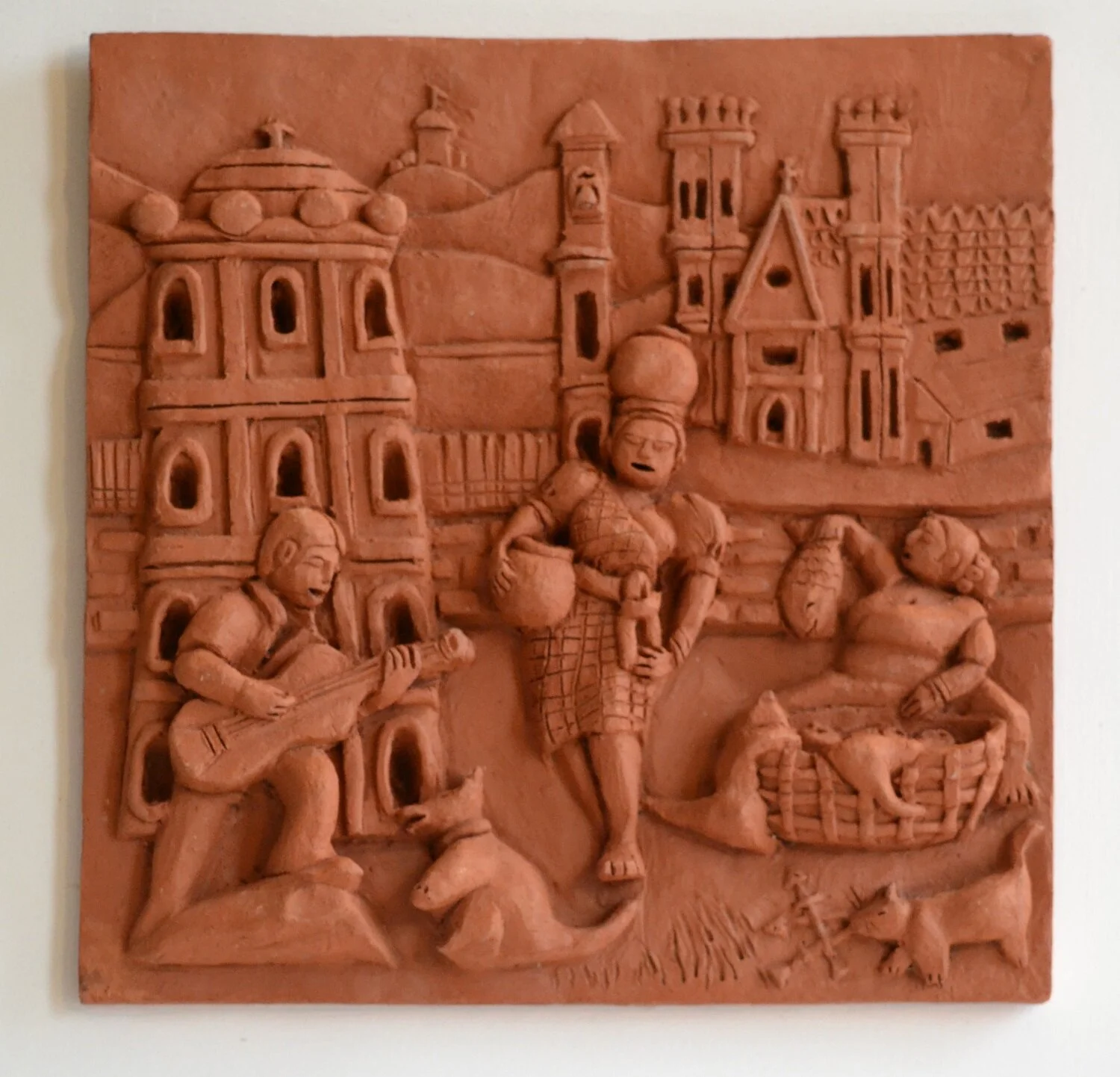
Year: 2013
Medium :Terracotta
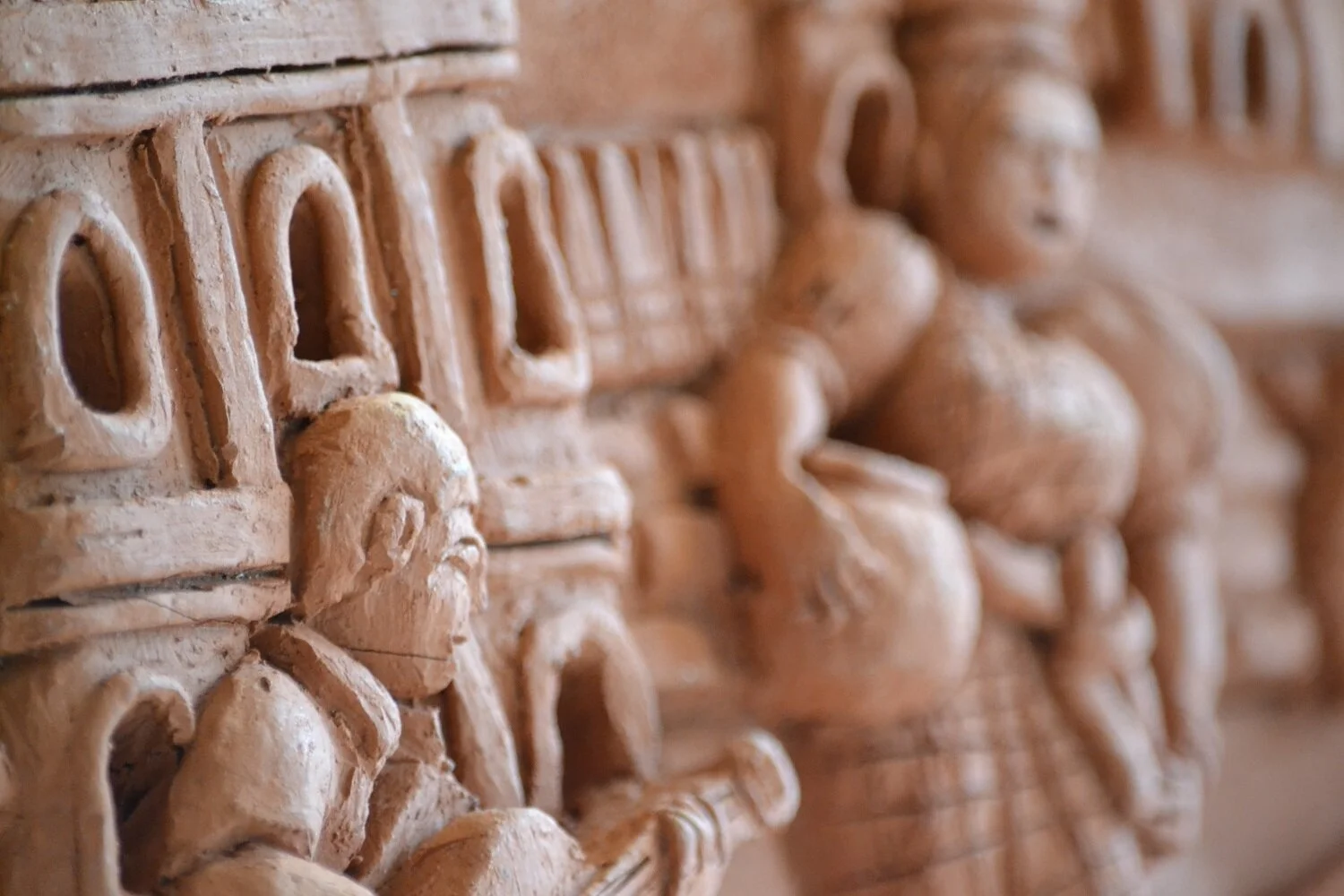
Year: 2013
Medium :Terracotta
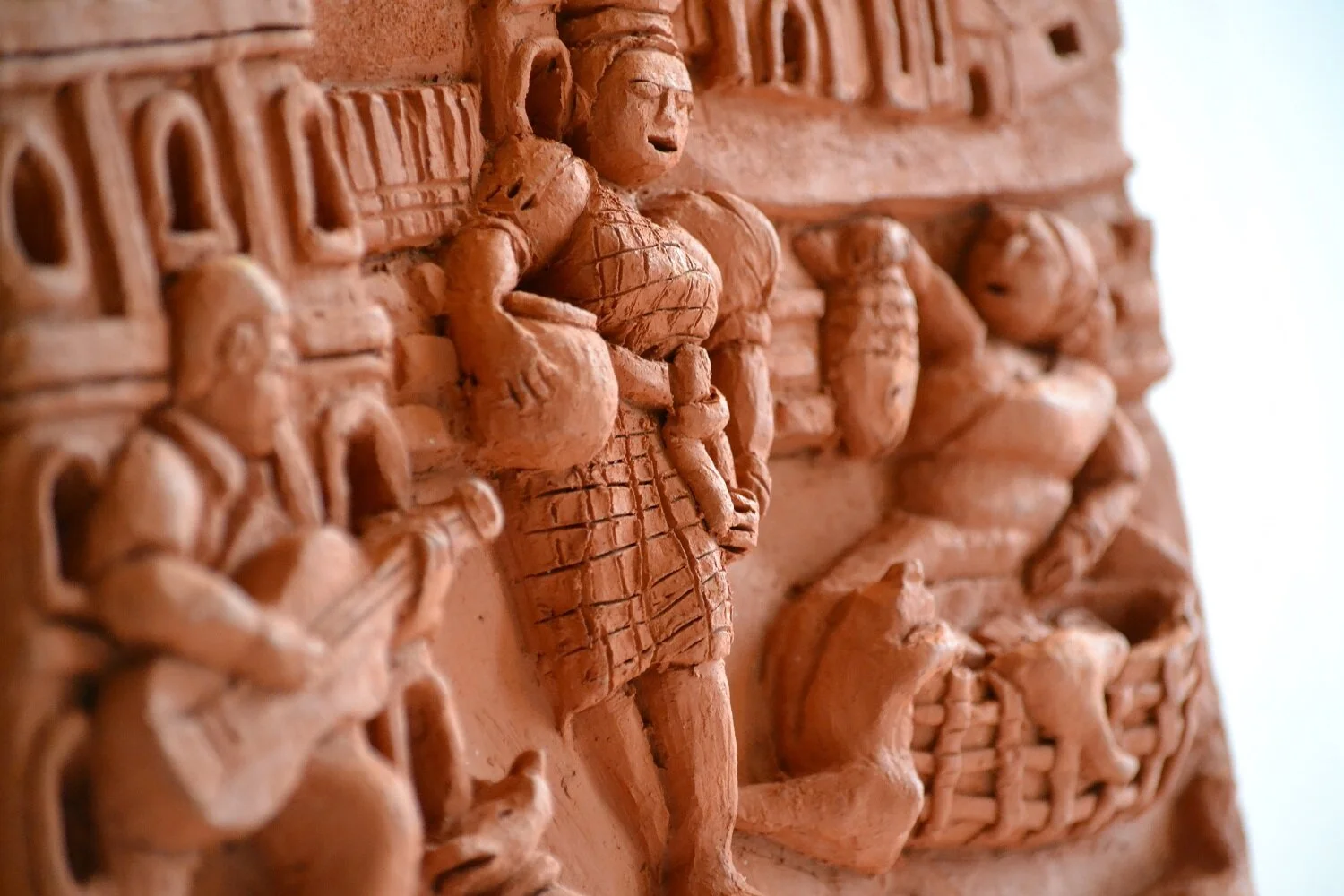
Year: 2013
Medium :Terracotta




Year -2017
Making Kaju Feni (17.5”x13/5”, Terracotta)
Feni, (from the Sanskrit “phena” meaning froth), is a liquor produced exclusively in Goa, India. Ripened cashew apples are crushed in rock basins by stomping. The resulting juice is stored in earthen pots and buried underground until fermentation.



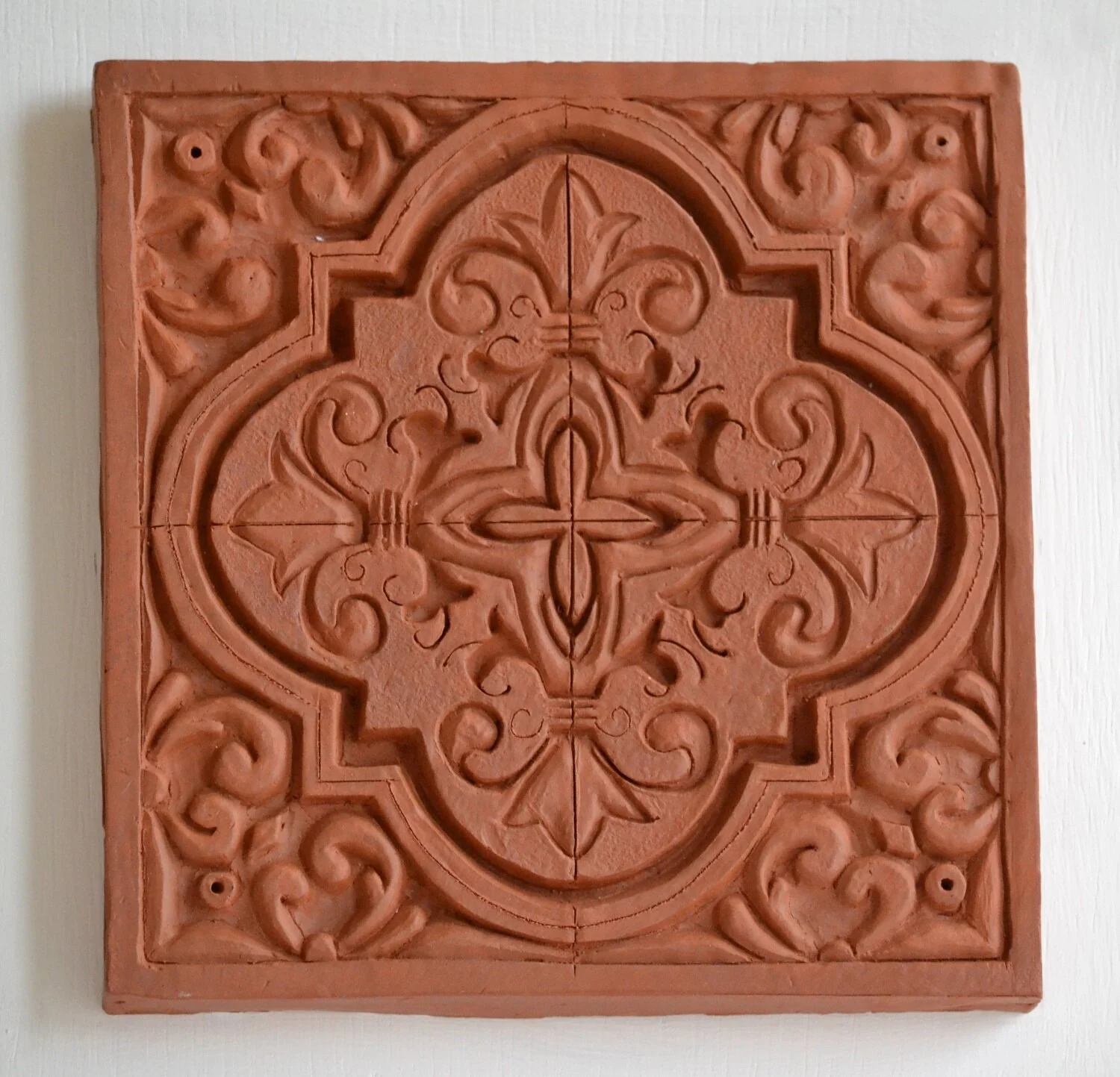
Year- 2017
Dimensions -8x8
Medium -Terracotta
Description: The Goa region was strongly influenced by Portugese and Mughal rule, who infused their cultures into existing local traditions. The Goan Catholics followed many of the Portugese Baroque, Neoclassical and Gothic Revival styles which are found in residential, building and church architecture from the 17th century to the early 20th century.

Year- 2017
Dimensions -8x8
Medium -Terracotta

Year- 2017
Dimensions -8x8
Medium -Terracotta
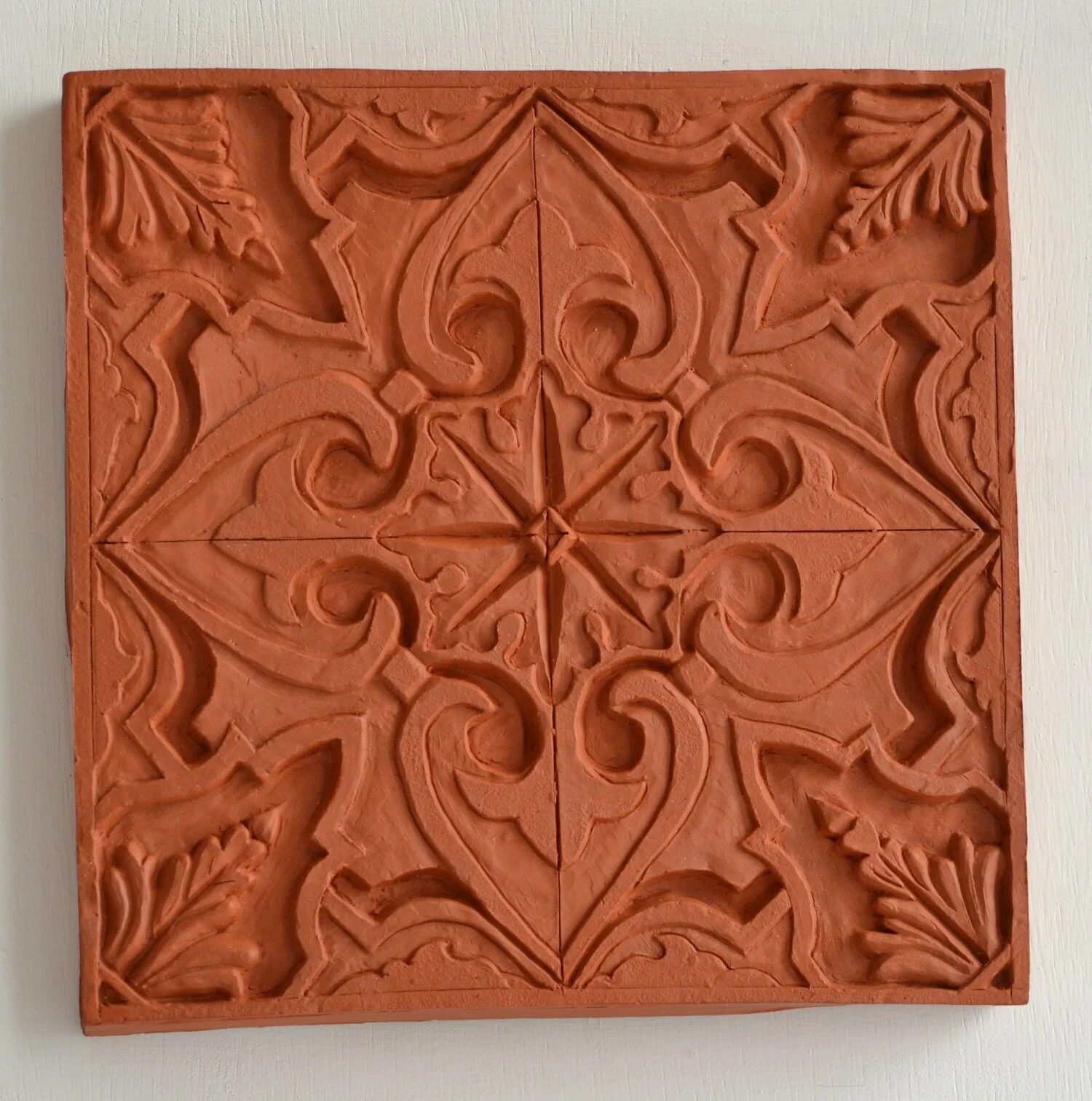
Year -2017
Dimensions -9.325x9.5
Medium -Terracotta
Description: The Goa region was strongly influenced by Portugese and Mughal rule, who infused their cultures into existing local traditions. The Goan Catholics followed many of the Portugese Baroque, Neoclassical and Gothic Revival styles which are found in residential, building and church architecture from the 17th century to the early 20th century.
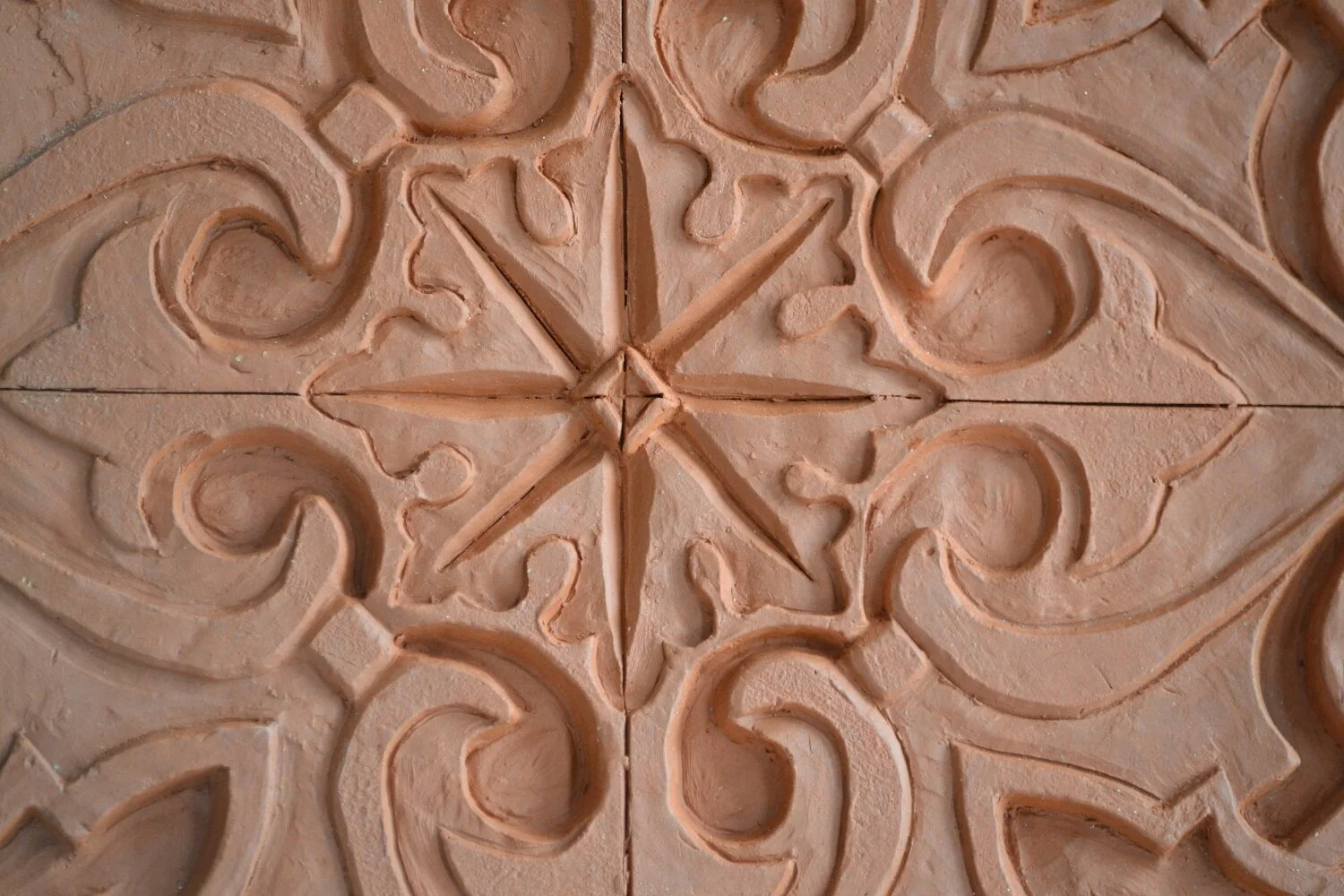
Year -2017
Dimensions -9.325x9.5
Medium -Terracotta
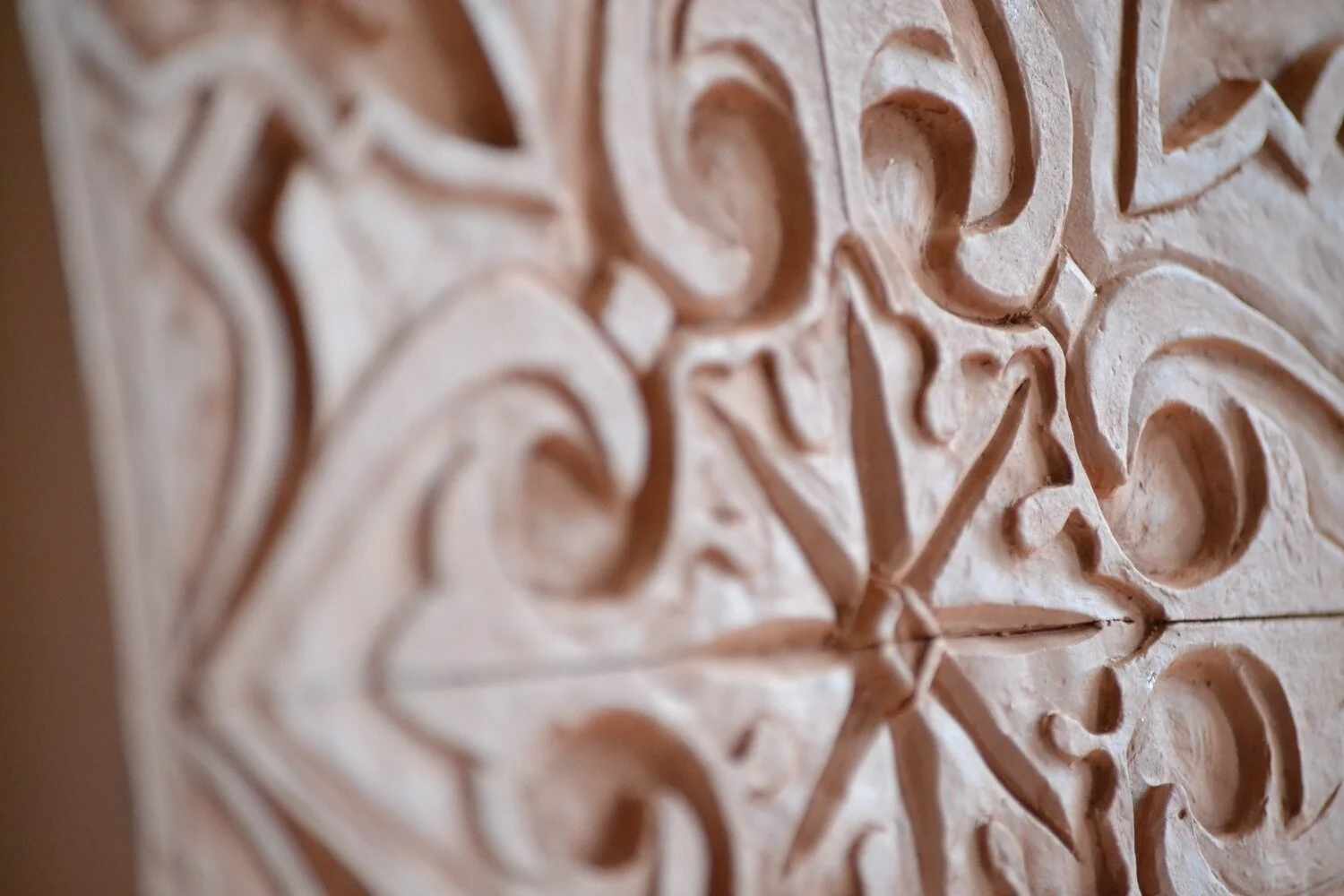
Year -2017
Dimensions -9.325x9.5
Medium -Terracotta
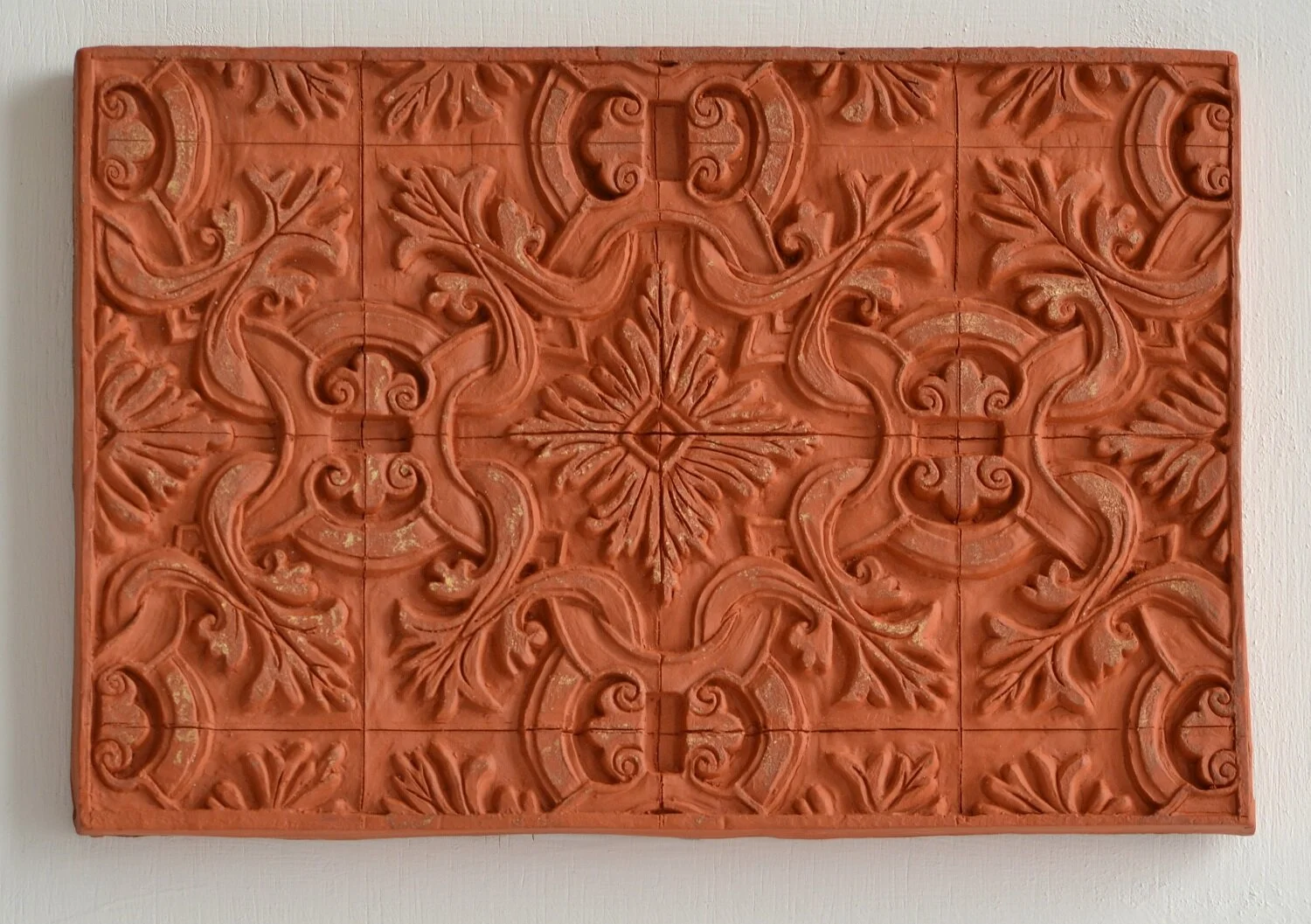
Year -2017
Dimensions-8.625x11.625
Medium -Terracotta
Description: The Goa region was strongly influenced by Portugese and Mughal rule, who infused their cultures into existing local traditions. The Goan Catholics followed many of the Portugese Baroque, Neoclassical and Gothic Revival styles which are found in residential, building and church architecture from the 17th century to the early 20th century.

Year -2017
Dimensions-8.625x11.625
Medium -Terracotta
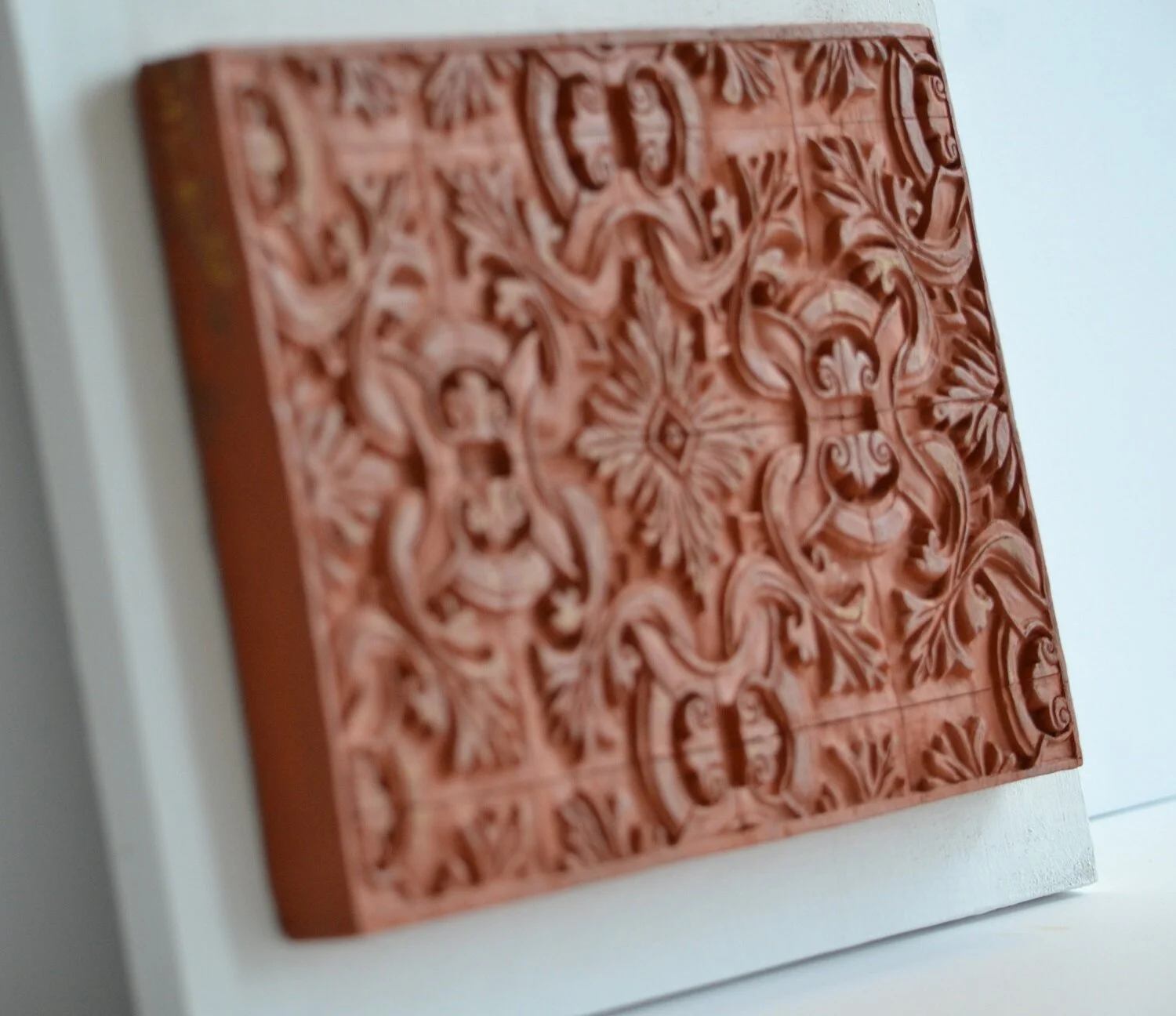
Year -2017
Dimensions-8.625x11.625
Medium -Terracotta









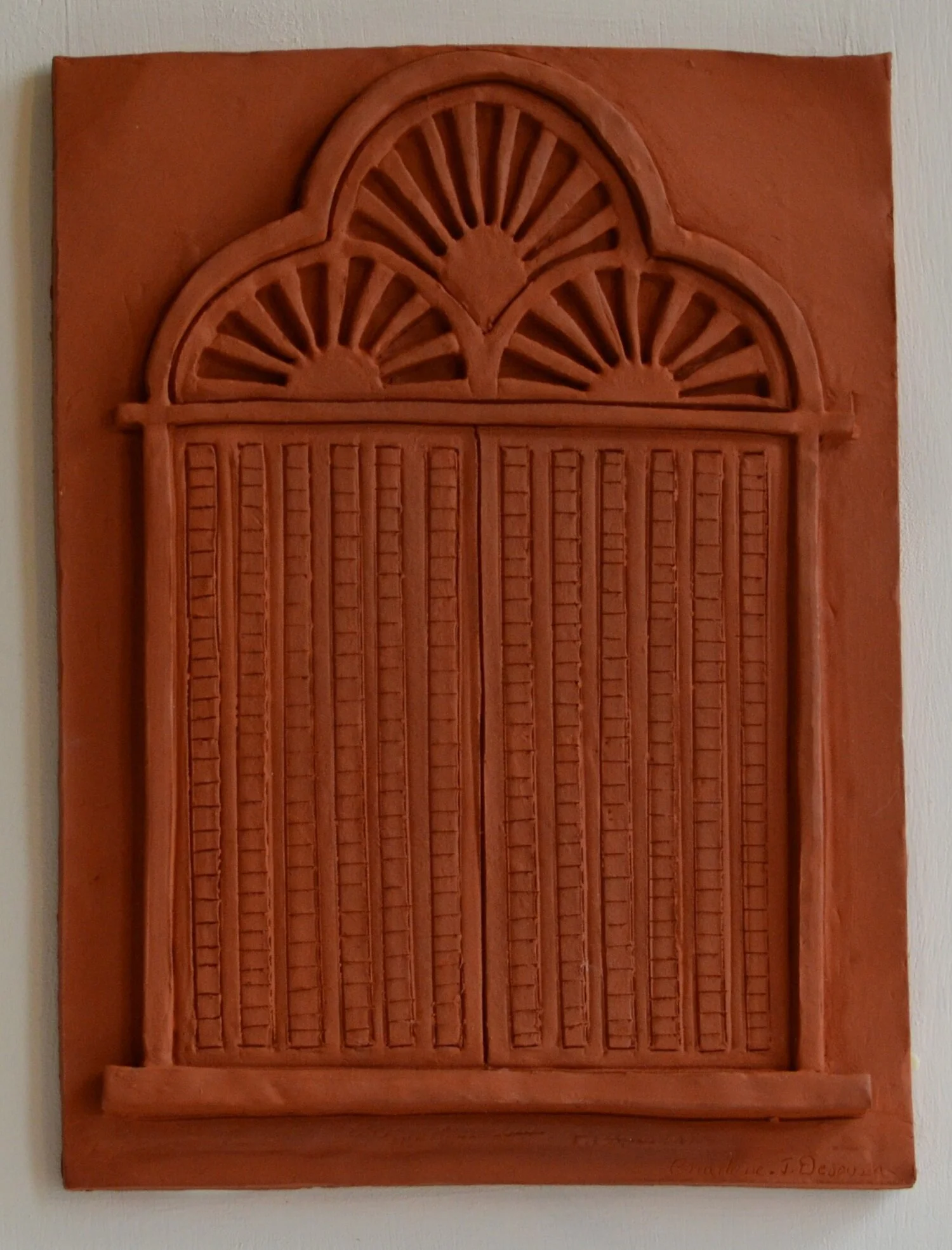
Year:2018
Dimensions:12.325”x9.625”
Medium: Terracotta
Description: The Goa region was strongly influenced by Portugese and Mughal rule, who infused their cultures into existing local traditions. The Goan Catholics followed many of the Portugese Baroque, Neoclassical and Gothic Revival styles which are found in residential, building and church architecture from the 17th century to the early 20th century.

Year:2018
Dimensions:12.325”x9.625”
Medium: Terracotta
Description: The Goa region was strongly influenced by Portugese and Mughal rule, who infused their cultures into existing local traditions. The Goan Catholics followed many of the Portugese Baroque, Neoclassical and Gothic Revival styles which are found in residential, building and church architecture from the 17th century to the early 20th century.

Year:2018
Dimensions: 7.25”x6”
Medium: Terracotta
Description: The Goa region was strongly influenced by Portugese and Mughal rule, who infused their cultures into existing local traditions. The Goan Catholics followed many of the Portugese Baroque, Neoclassical and Gothic Revival styles which are found in residential, building and church architecture from the 17th century to the early 20th century.

Year:2018
Dimensions: 7.25”x6”
Medium: Terracotta
Description: The Goa region was strongly influenced by Portugese and Mughal rule, who infused their cultures into existing local traditions. The Goan Catholics followed many of the Portugese Baroque, Neoclassical and Gothic Revival styles which are found in residential, building and church architecture from the 17th century to the early 20th century.
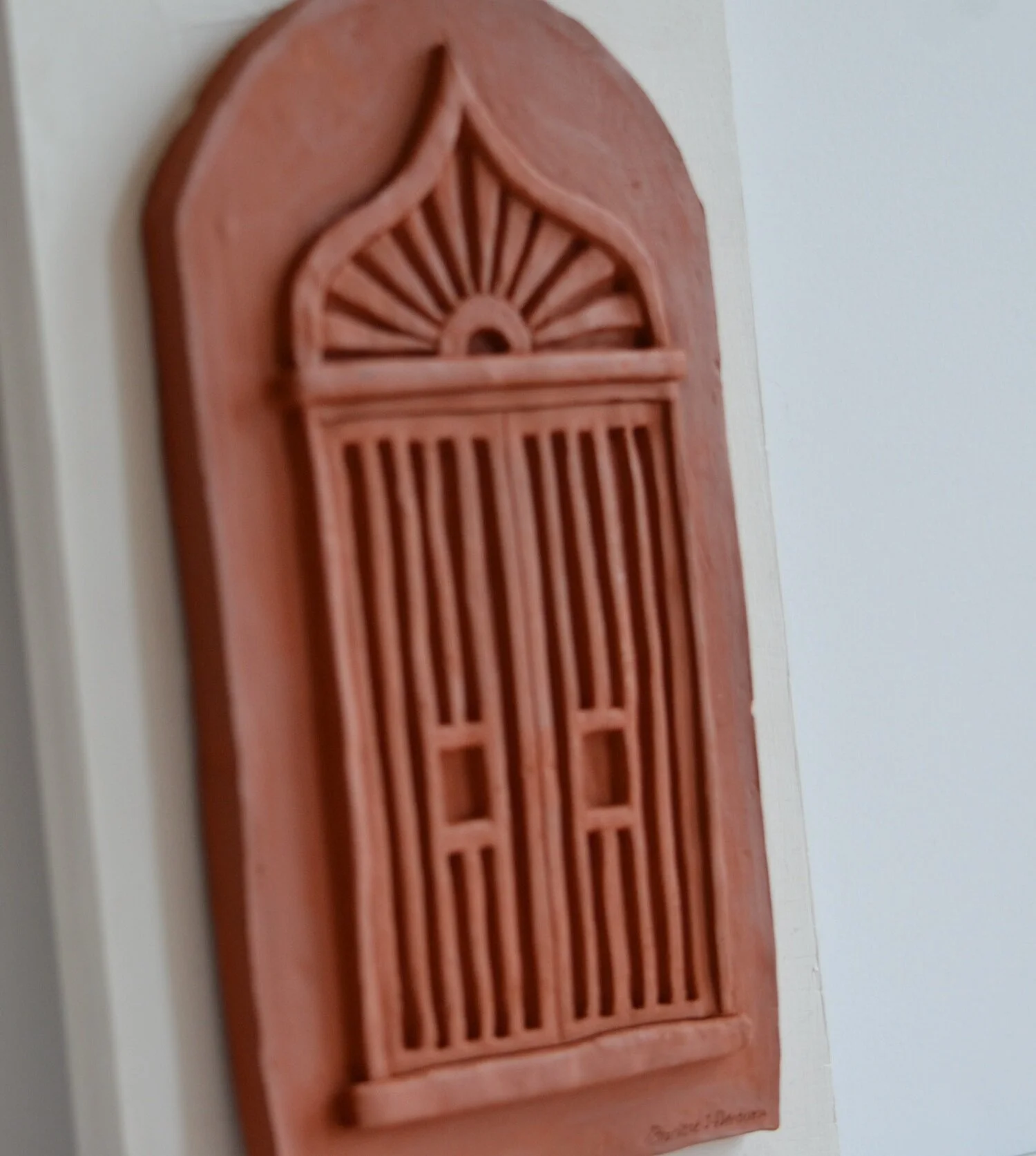
Year:2018
Dimensions: 7.25”x6”,
Medium: Terracotta
Description: The Goa region was strongly influenced by Portugese and Mughal rule, who infused their cultures into existing local traditions. The Goan Catholics followed many of the Portugese Baroque, Neoclassical and Gothic Revival styles which are found in residential, building and church architecture from the 17th century to the early 20th century.
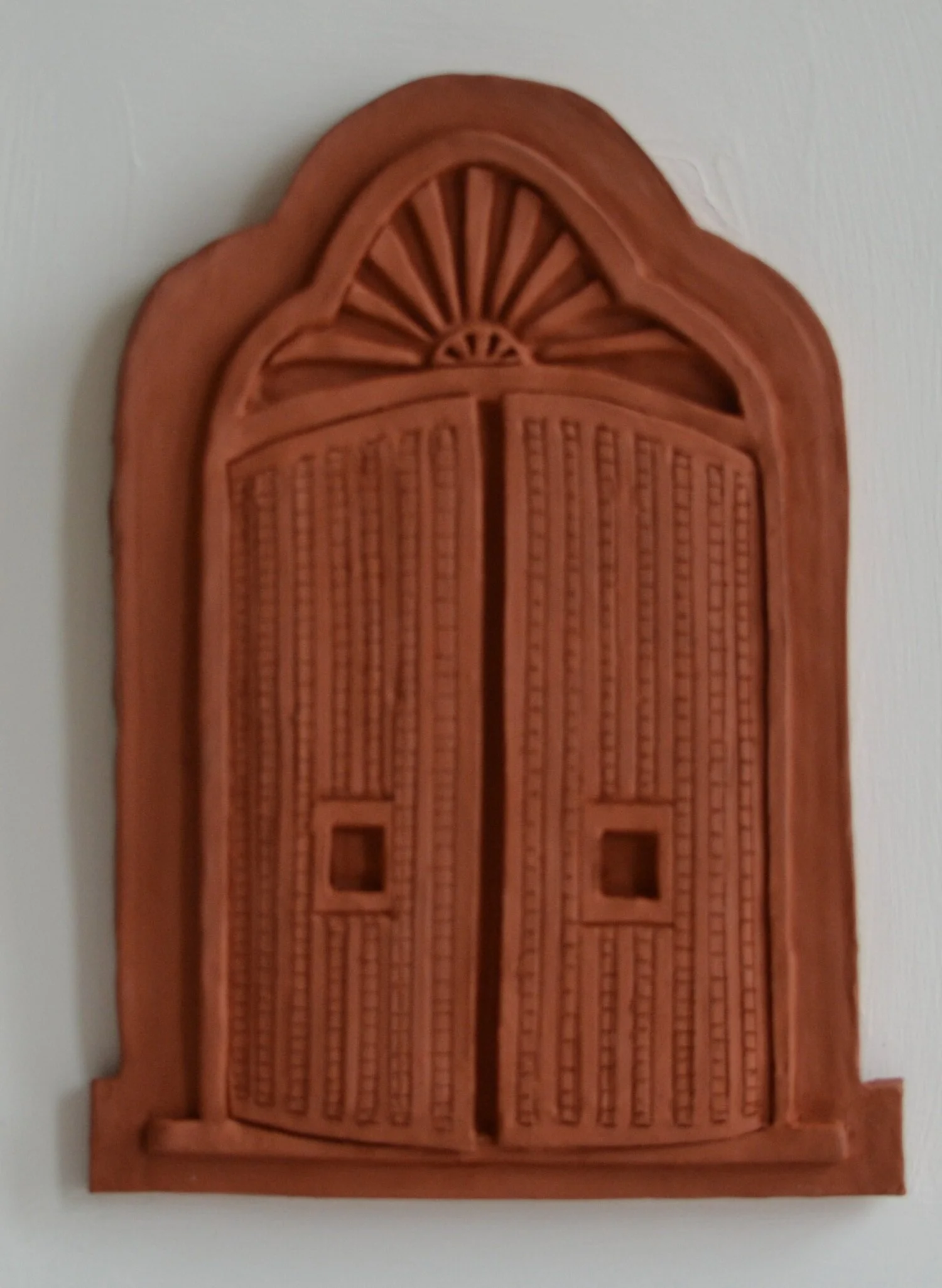
Year:2018
Dimensions: 11.5”x8”,
Medium: Terracotta
Description: The Goa region was strongly influenced by Portugese and Mughal rule, who infused their cultures into existing local traditions. The Goan Catholics followed many of the Portugese Baroque, Neoclassical and Gothic Revival styles which are found in residential, building and church architecture from the 17th century to the early 20th century.
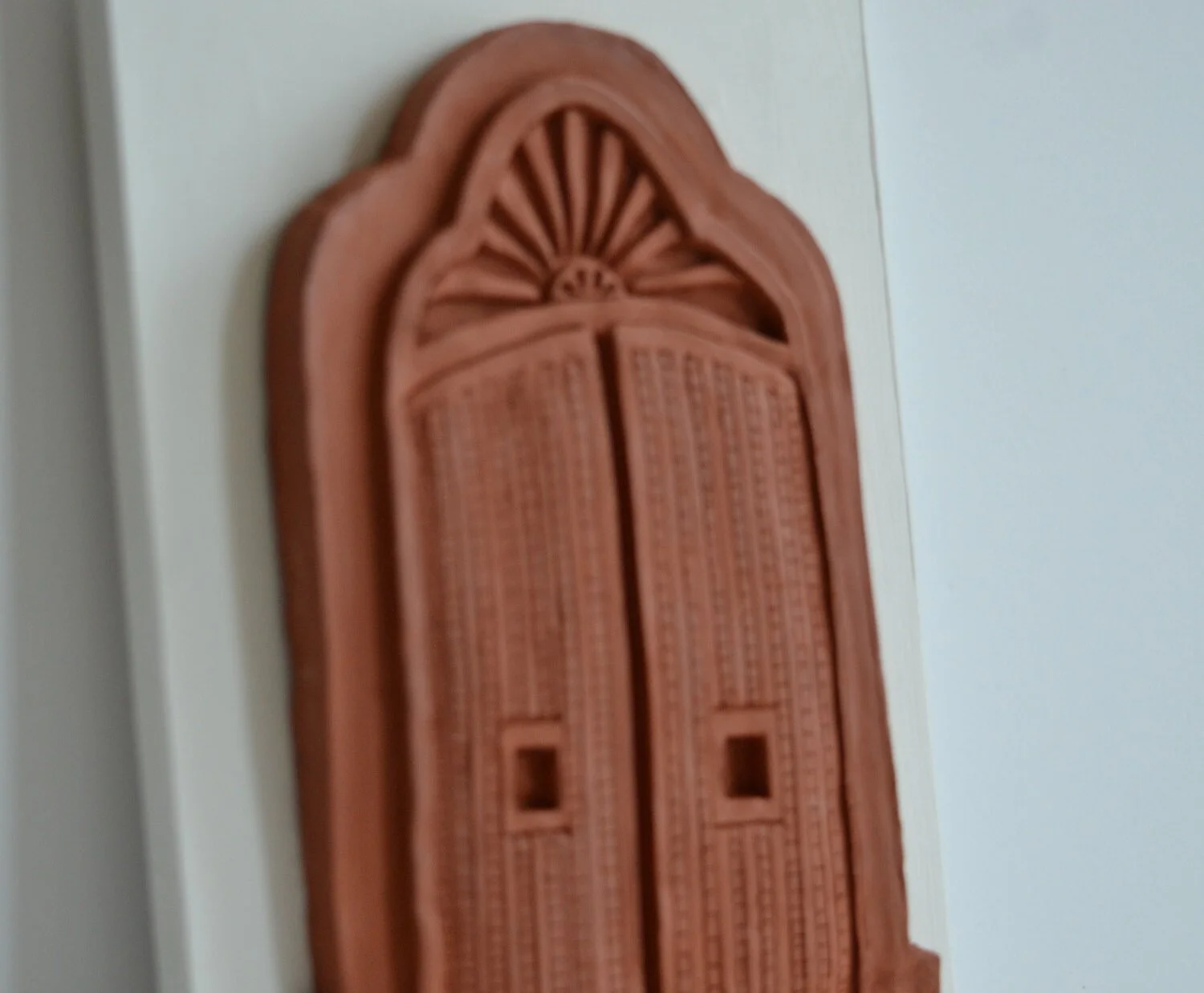
Year:2018
Dimensions: 11.5”x8”,
Medium: Terracotta
Description: The Goa region was strongly influenced by Portugese and Mughal rule, who infused their cultures into existing local traditions. The Goan Catholics followed many of the Portugese Baroque, Neoclassical and Gothic Revival styles which are found in residential, building and church architecture from the 17th century to the early 20th century.
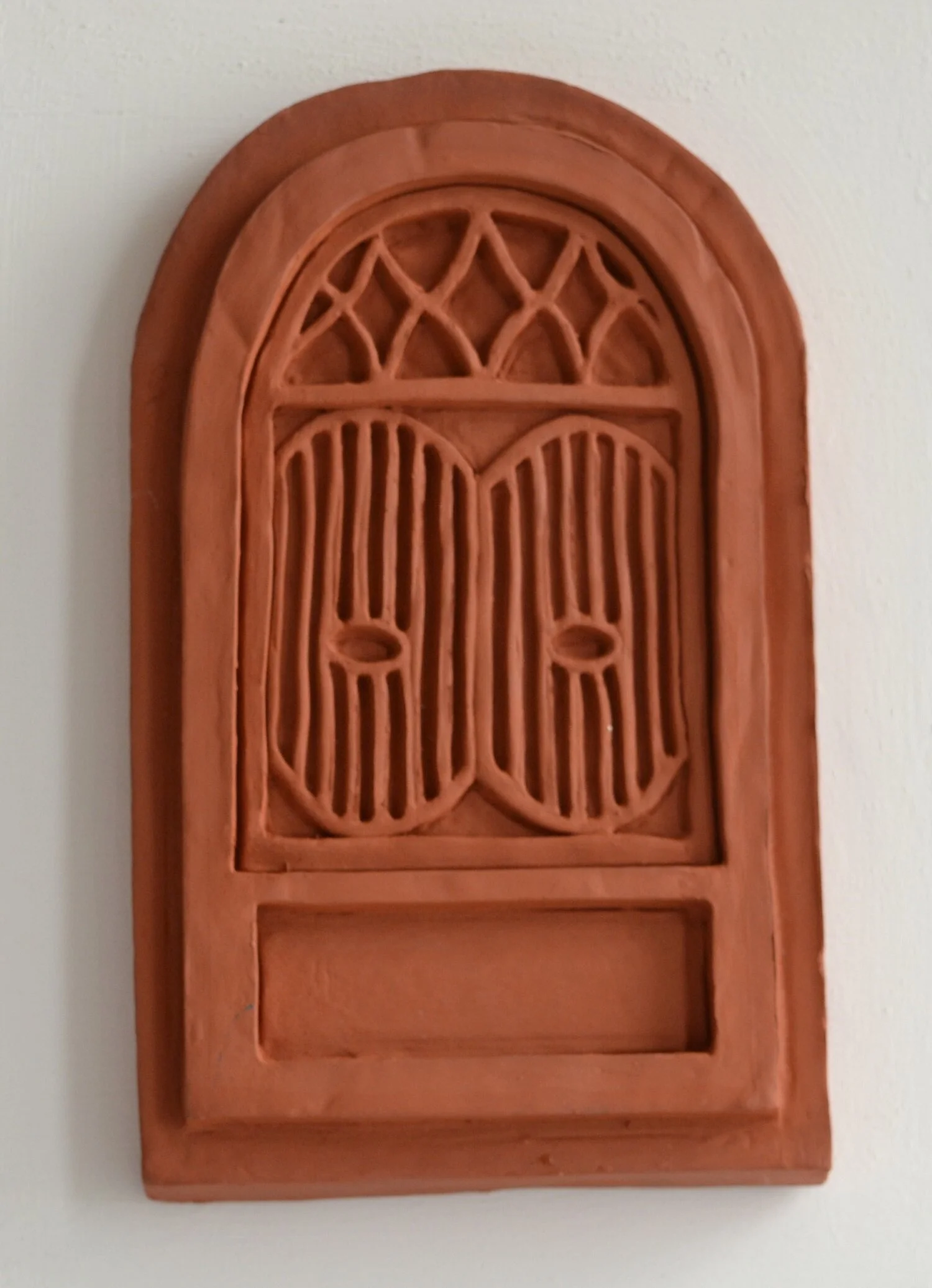
Year:2018
Dimensions: 10.25”x7.125”
Medium: Terracotta
Description: The Goa region was strongly influenced by Portugese and Mughal rule, who infused their cultures into existing local traditions. The Goan Catholics followed many of the Portugese Baroque, Neoclassical and Gothic Revival styles which are found in residential, building and church architecture from the 17th century to the early 20th century.







